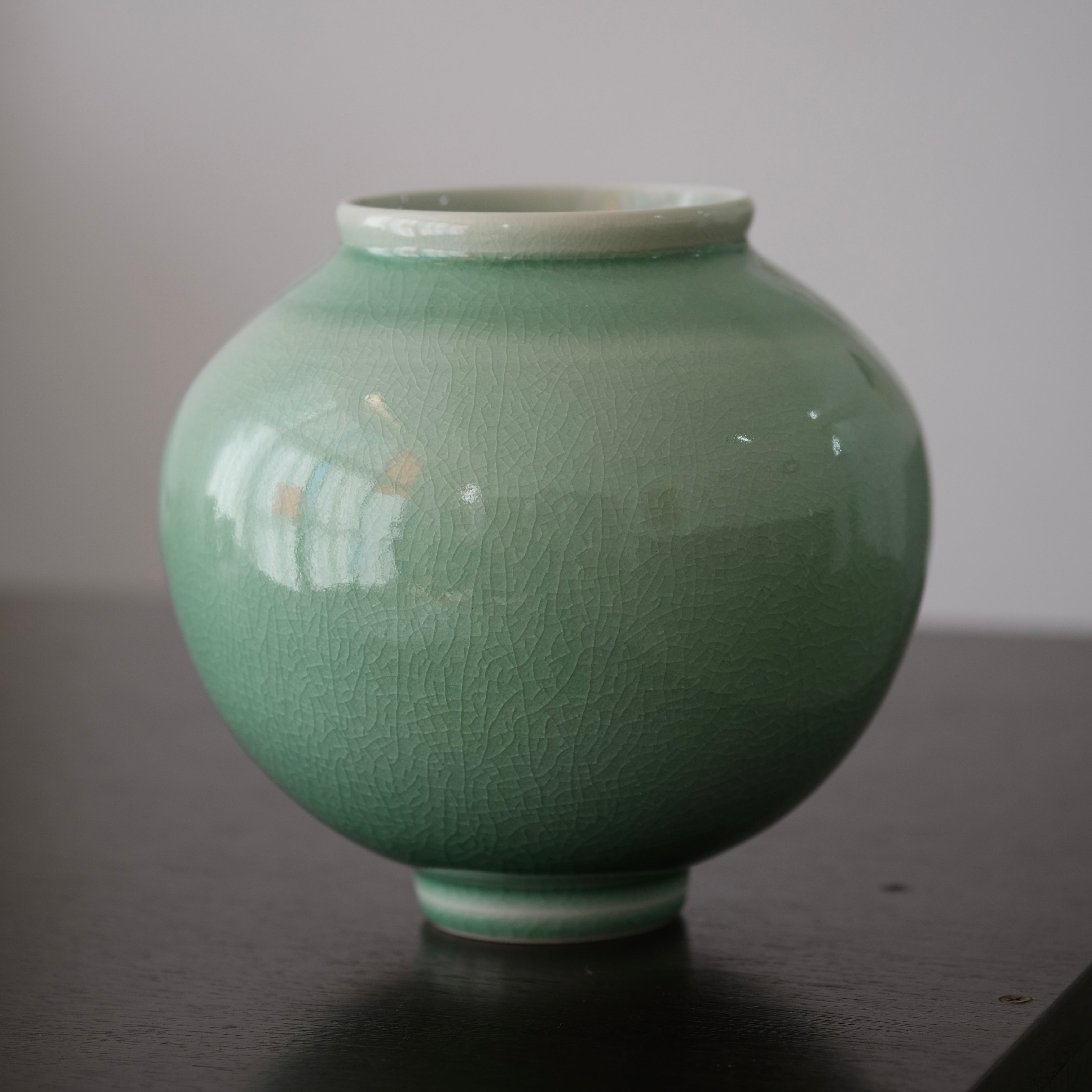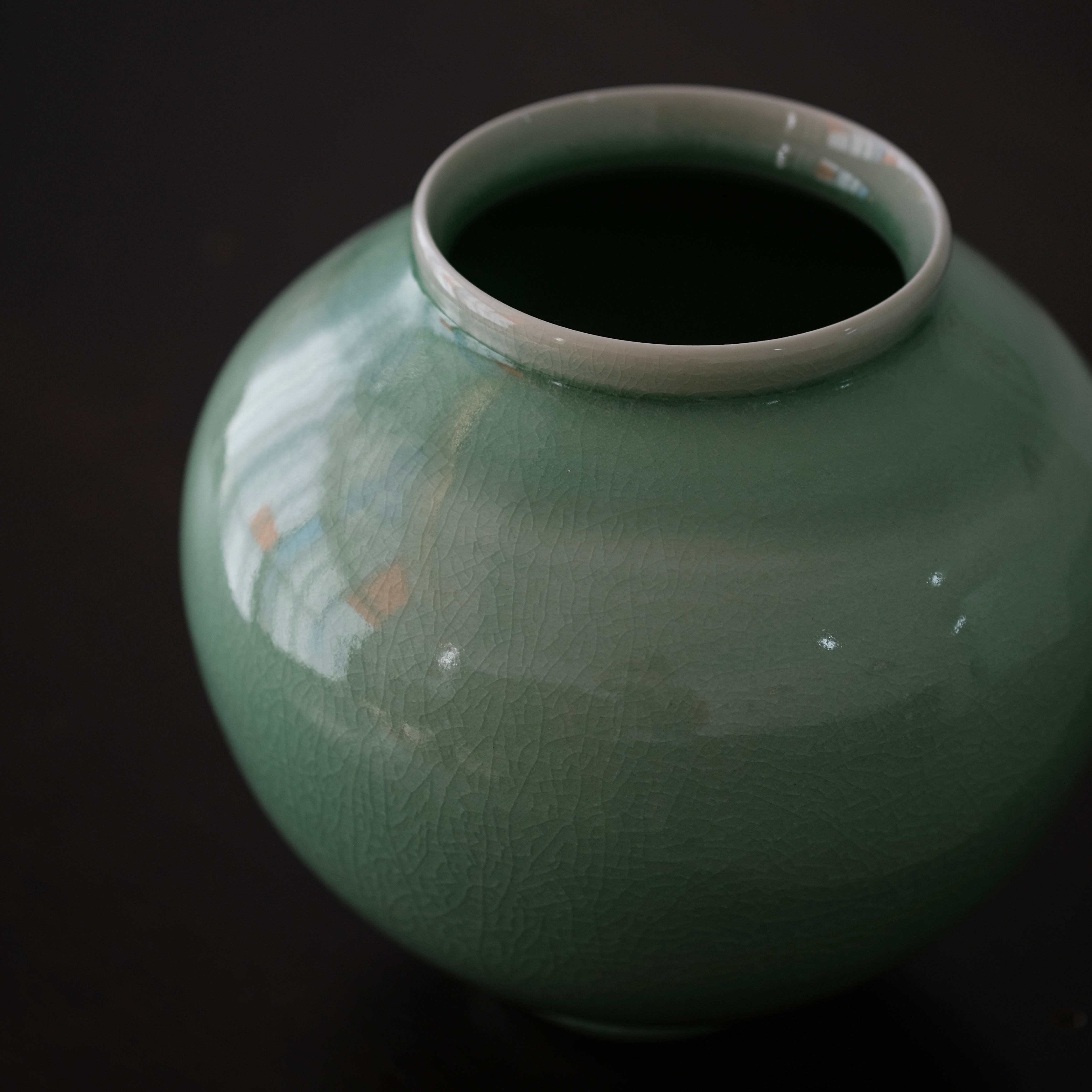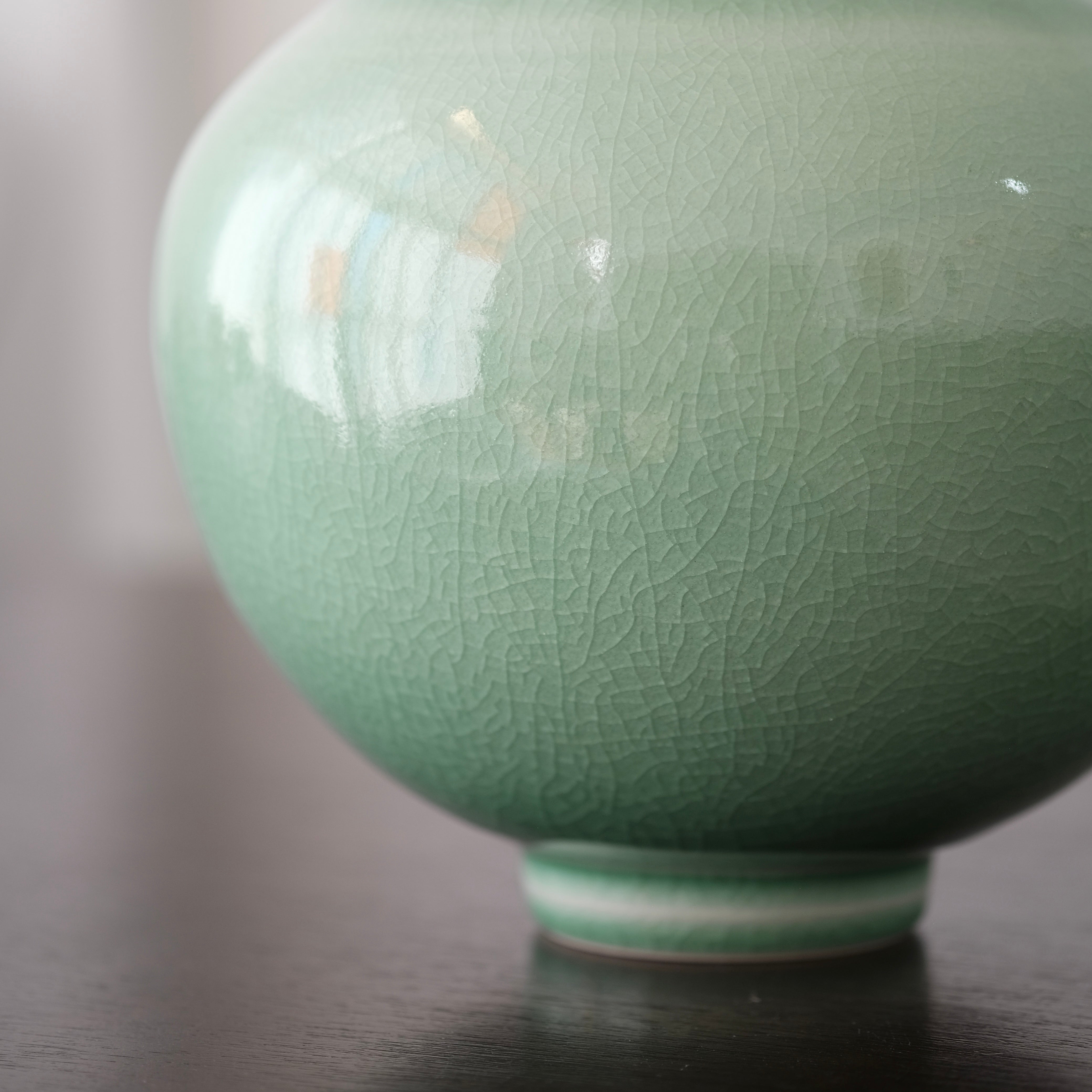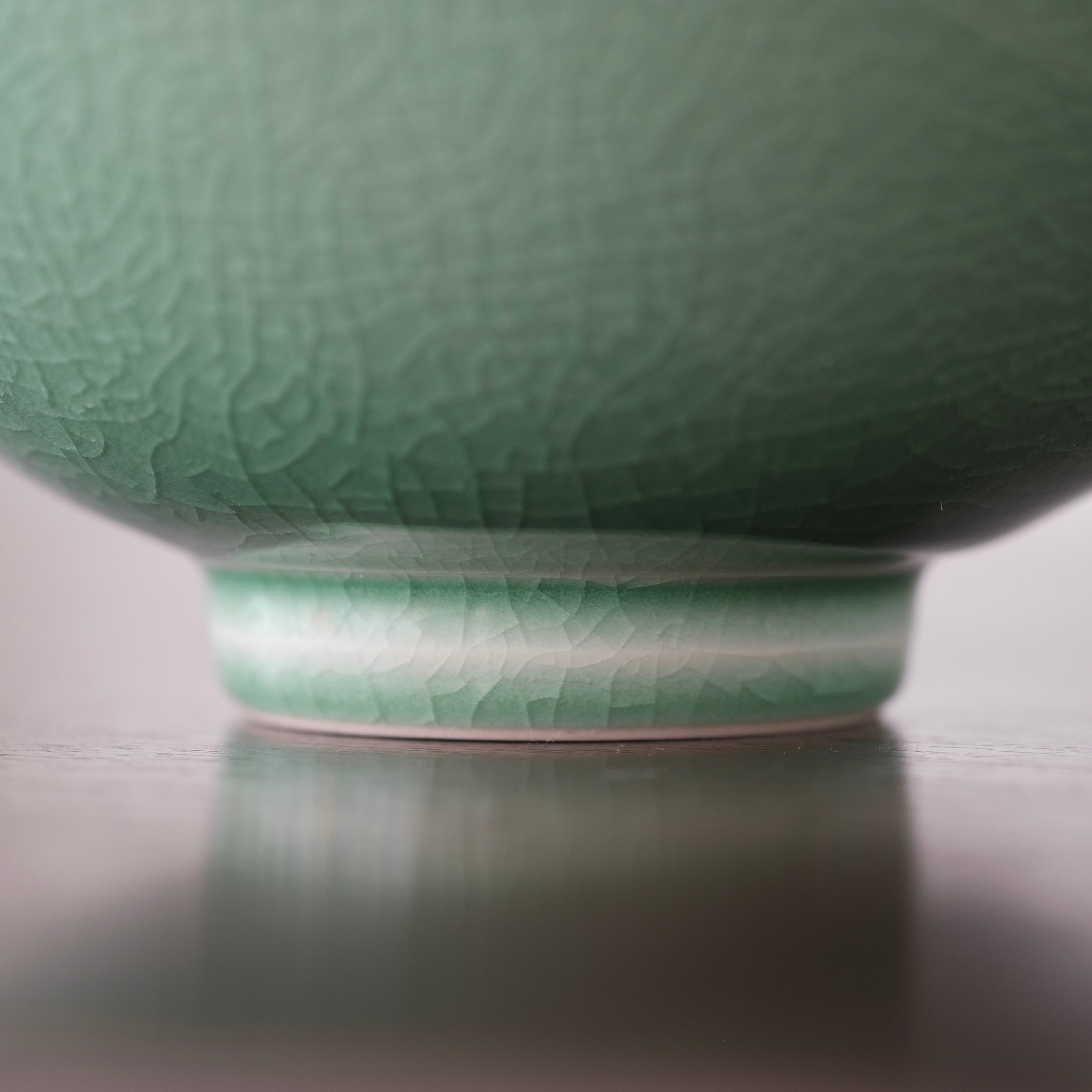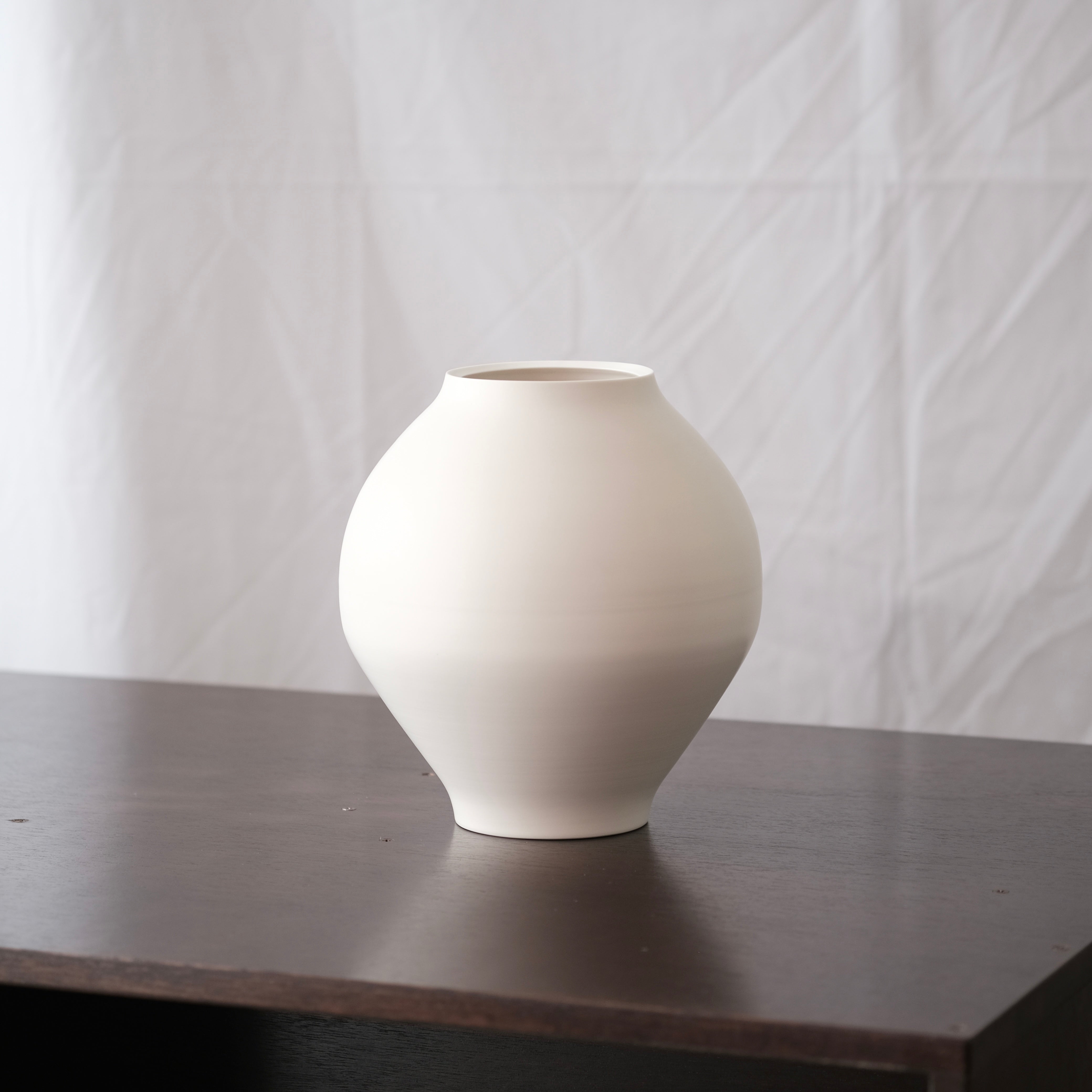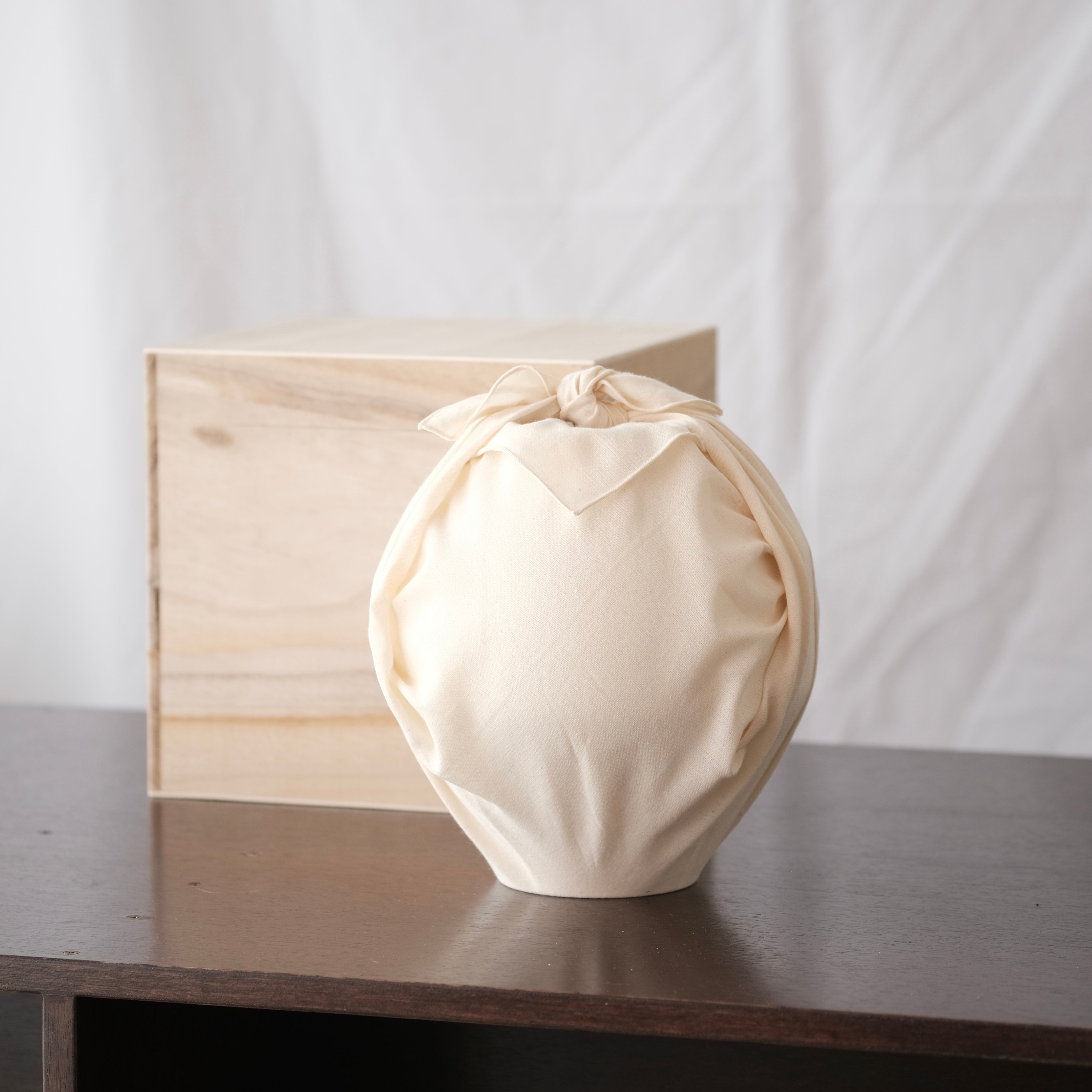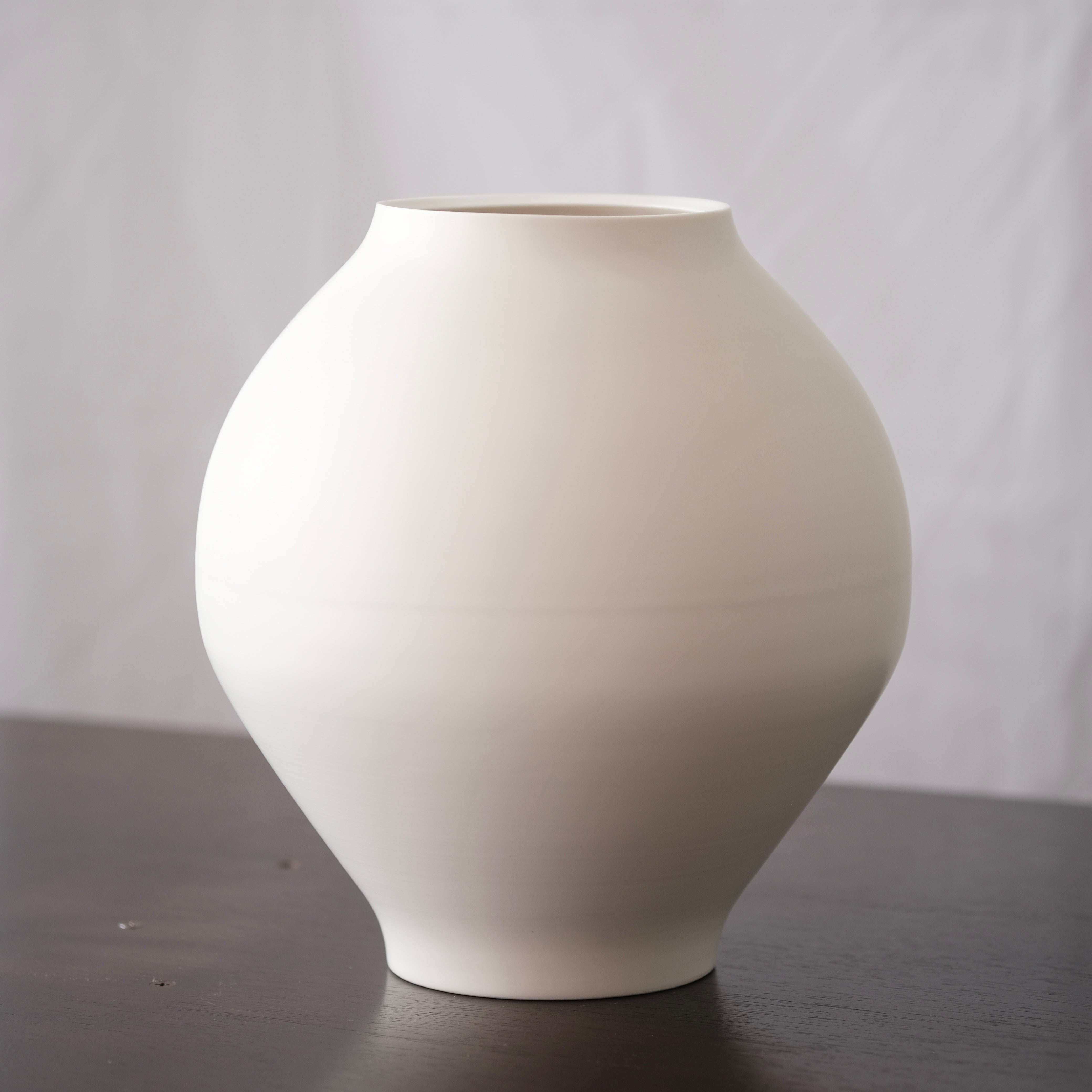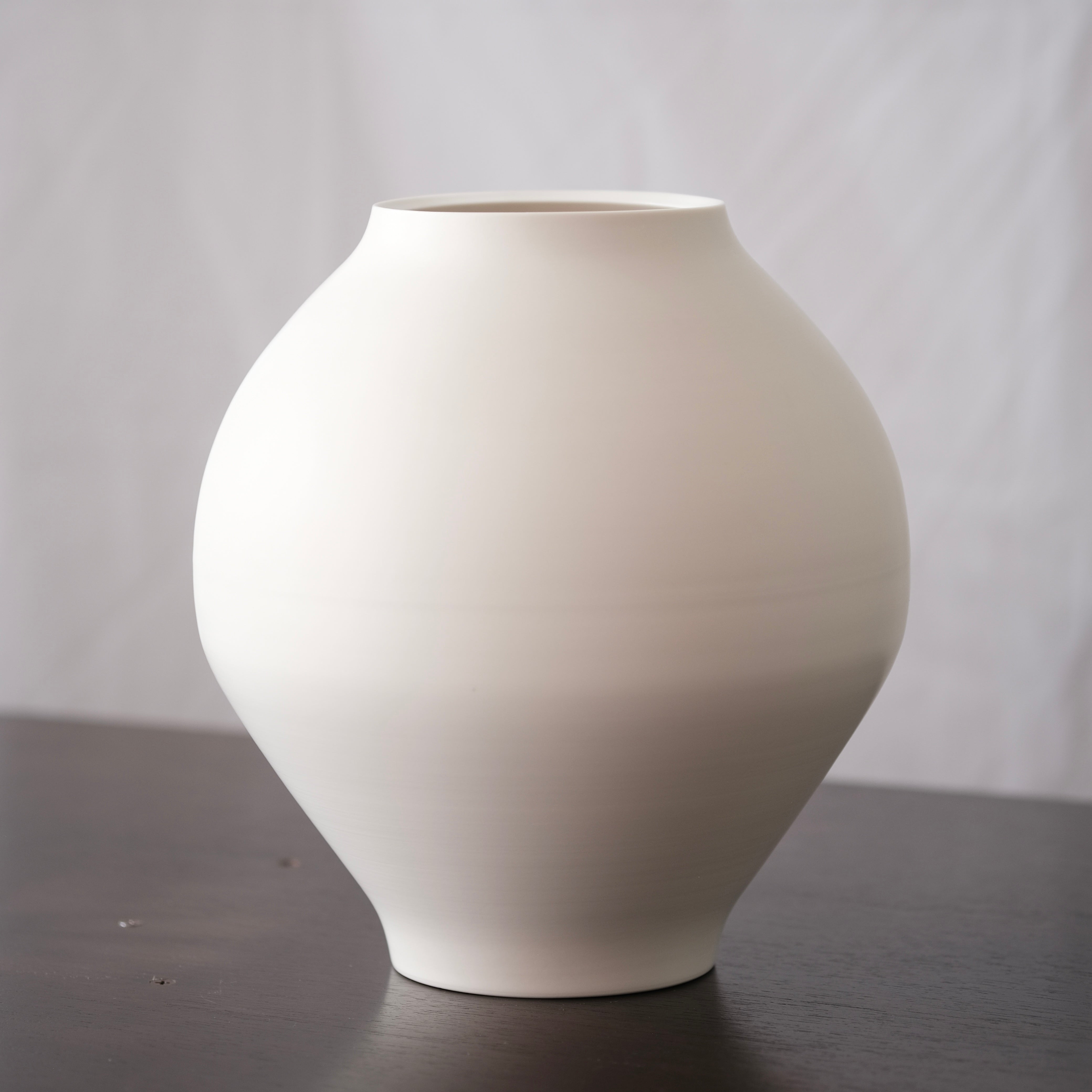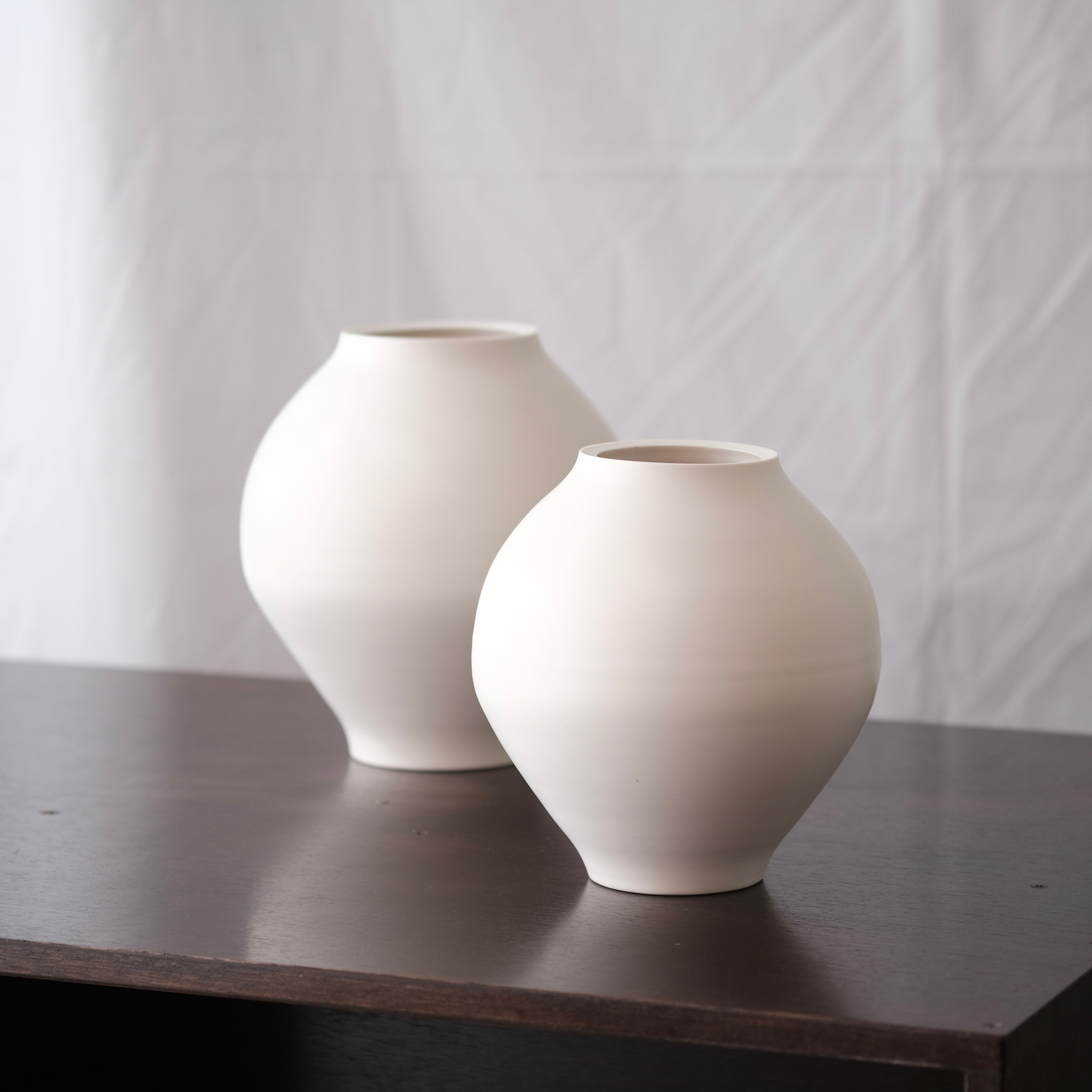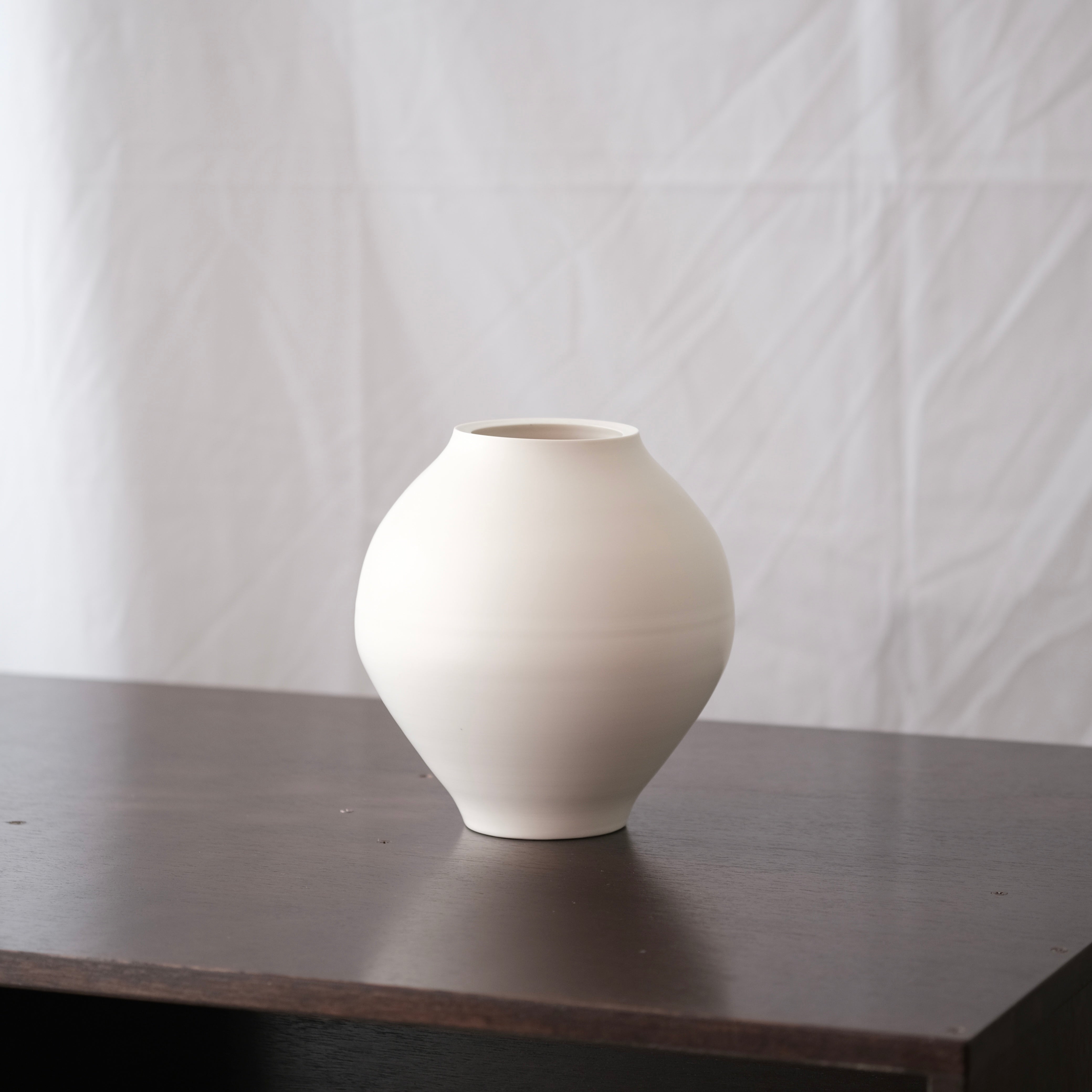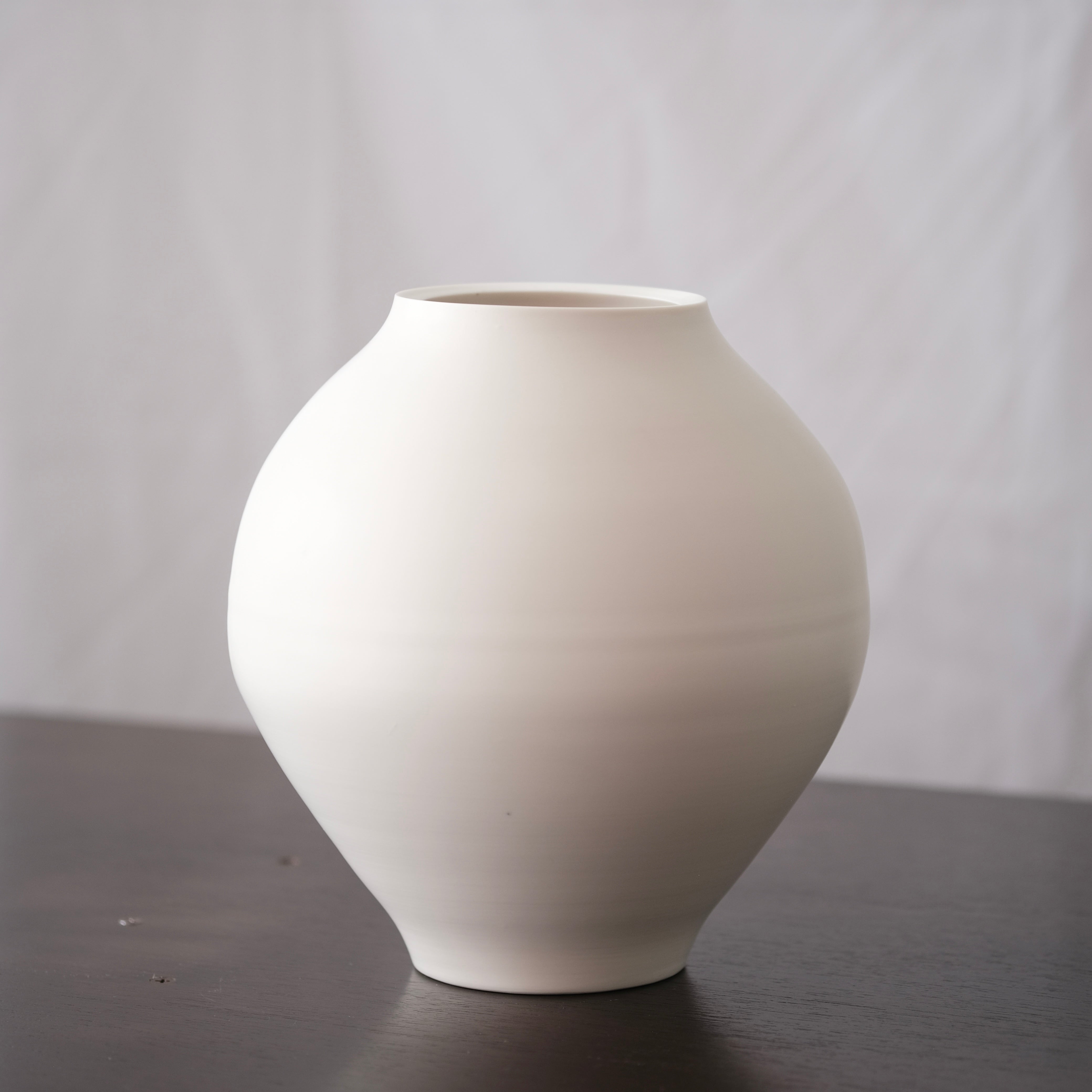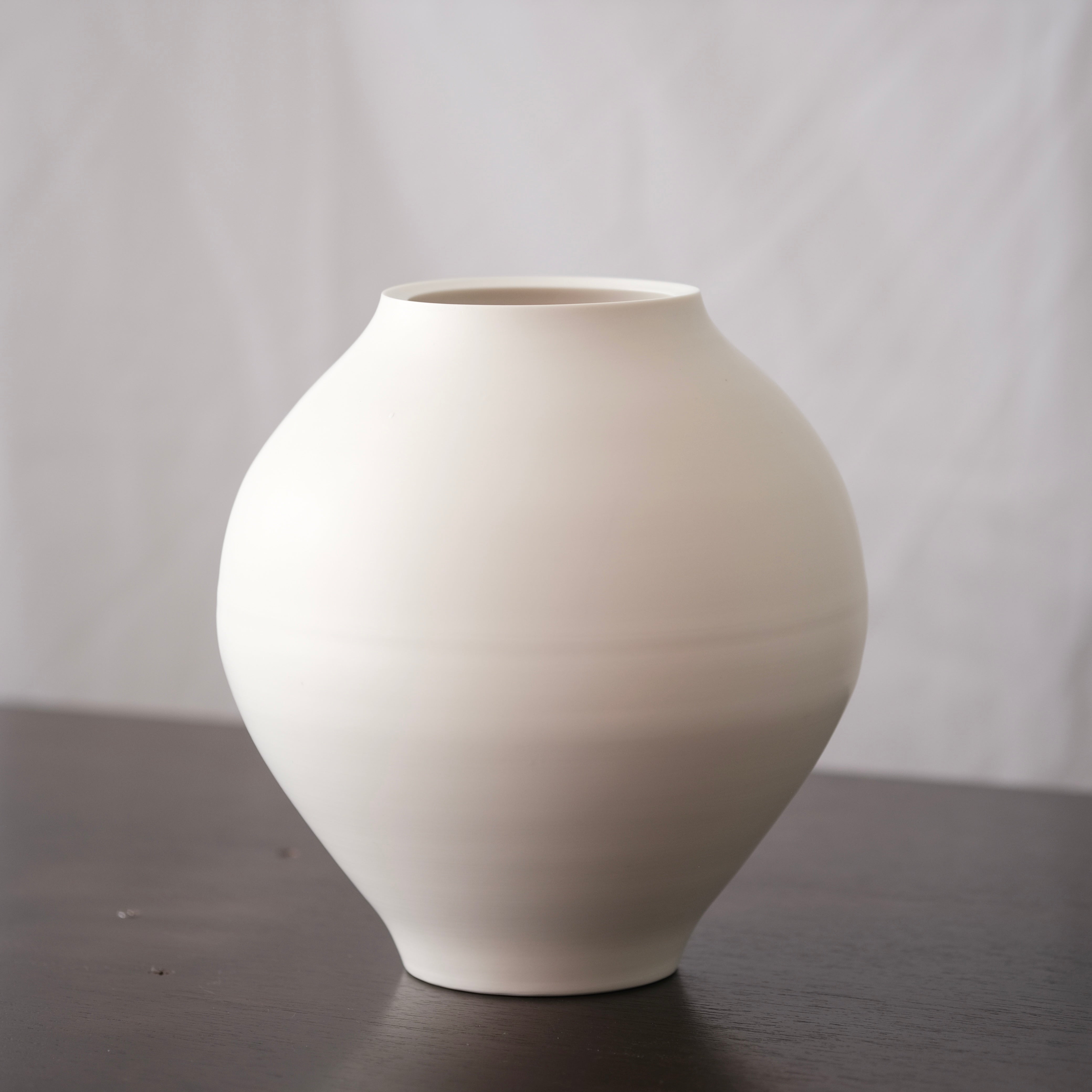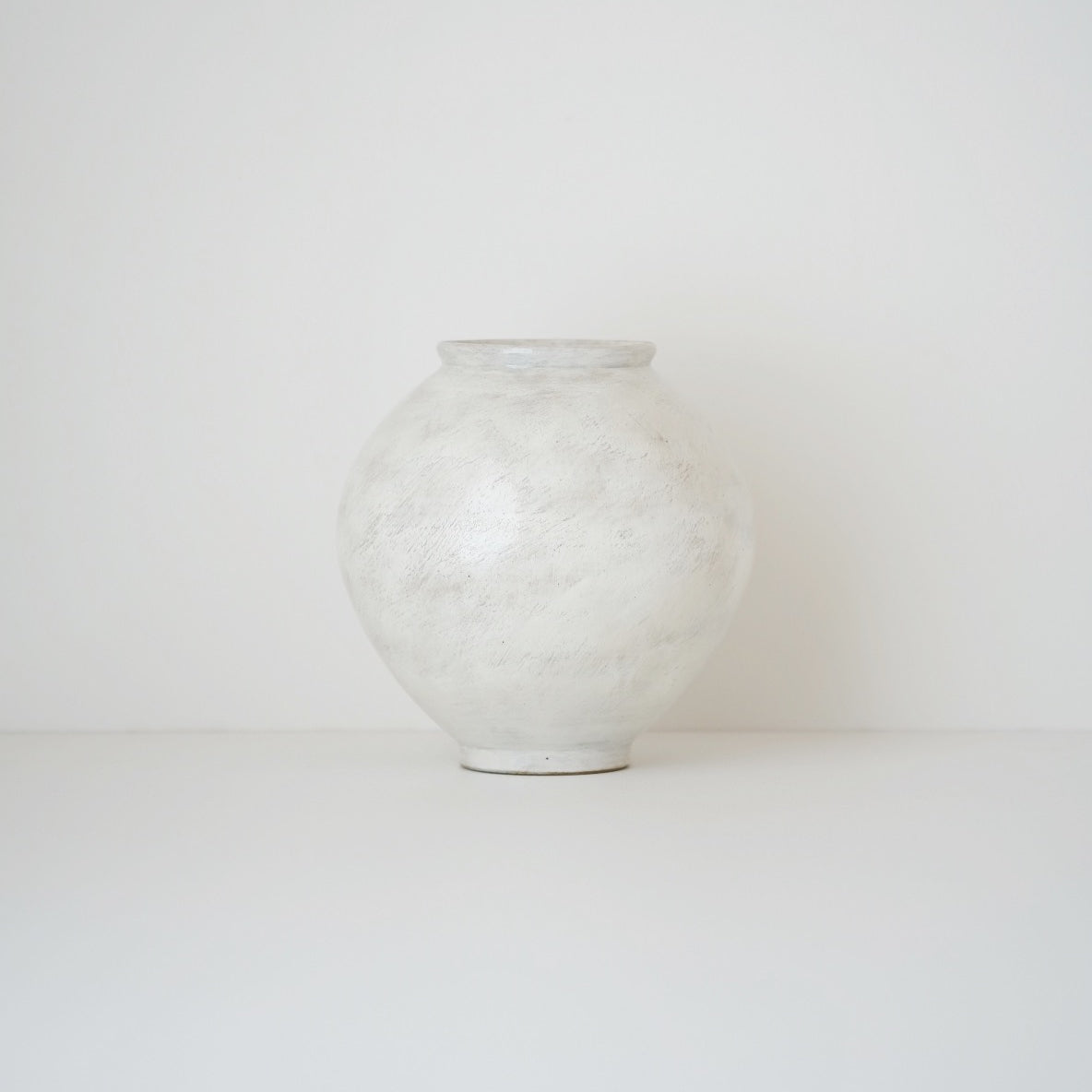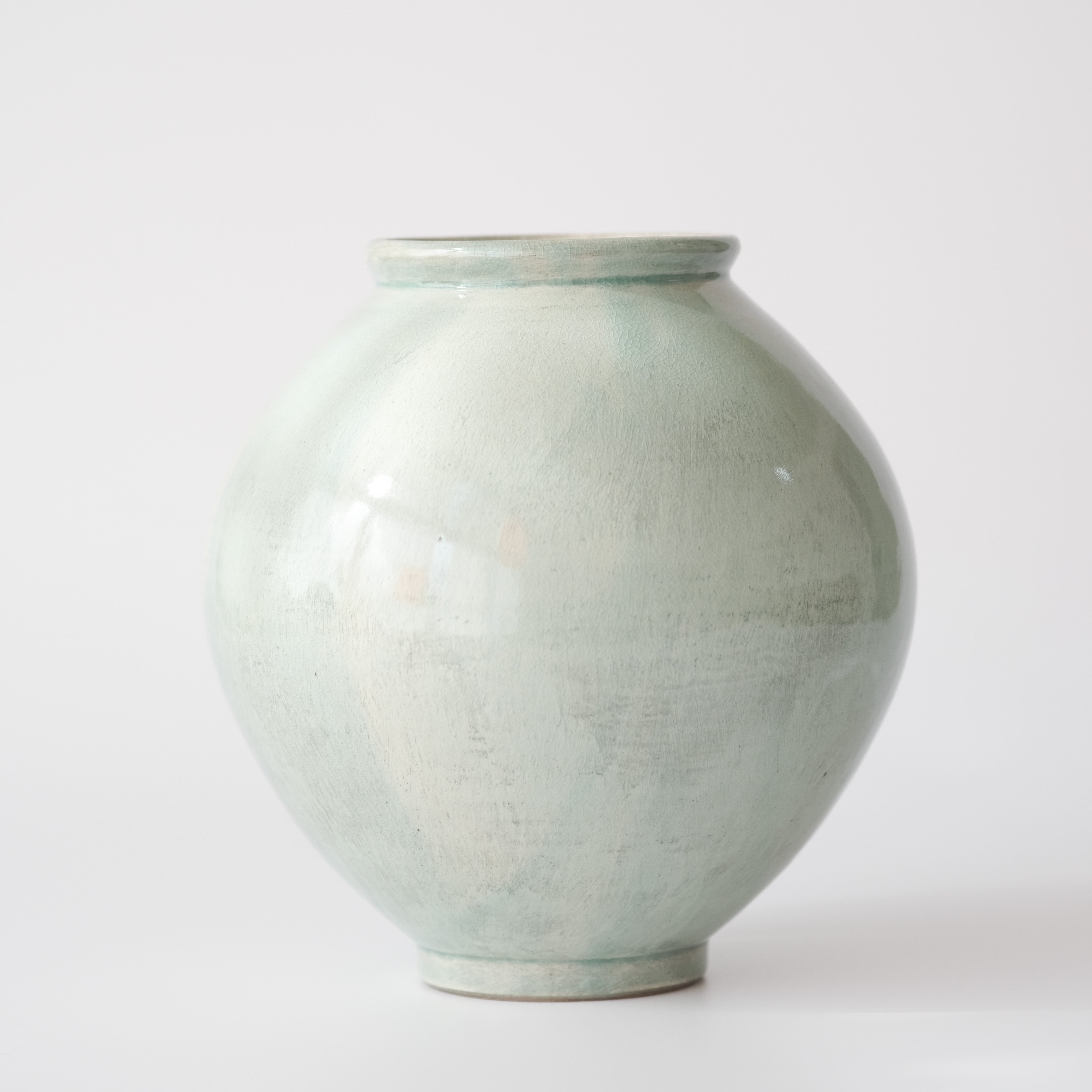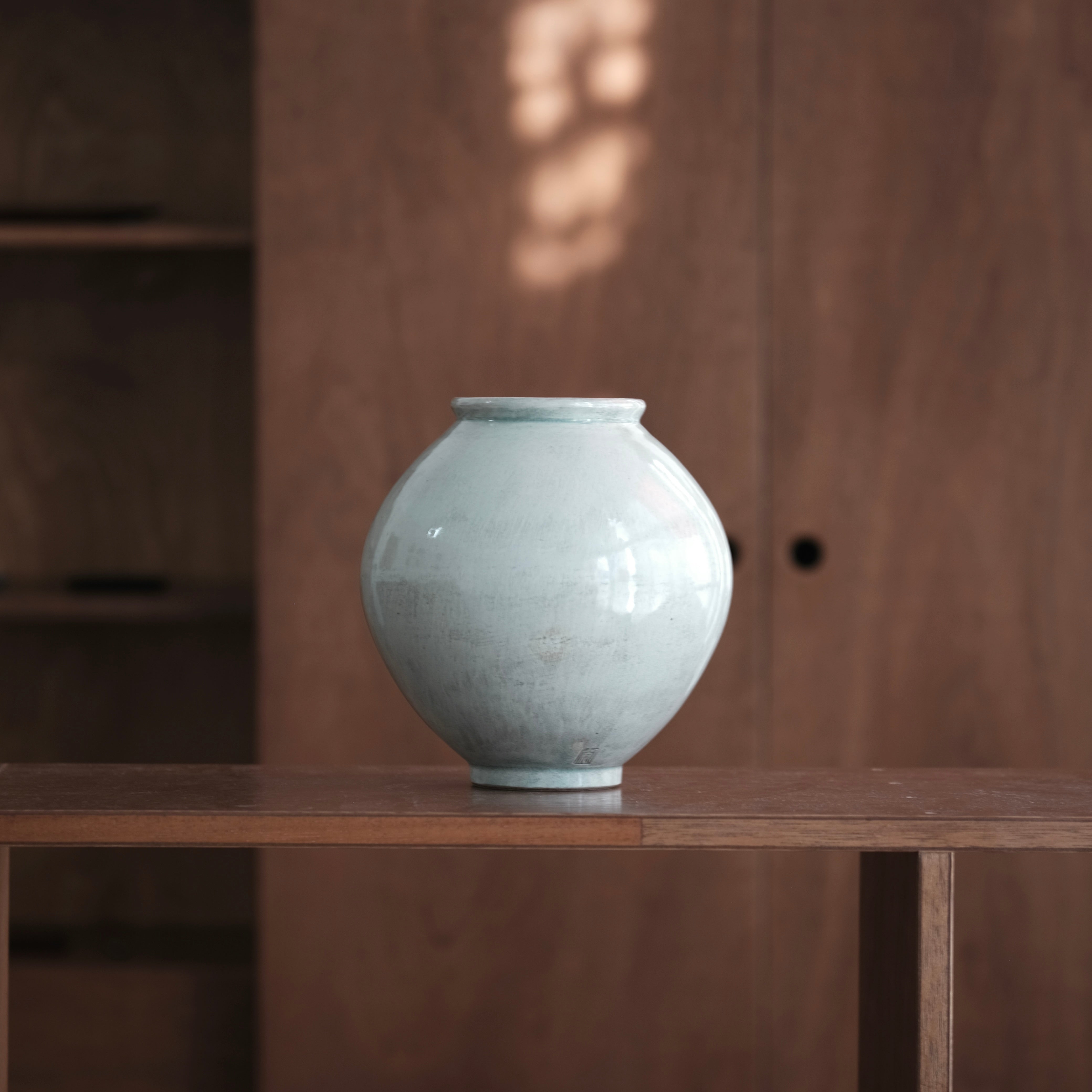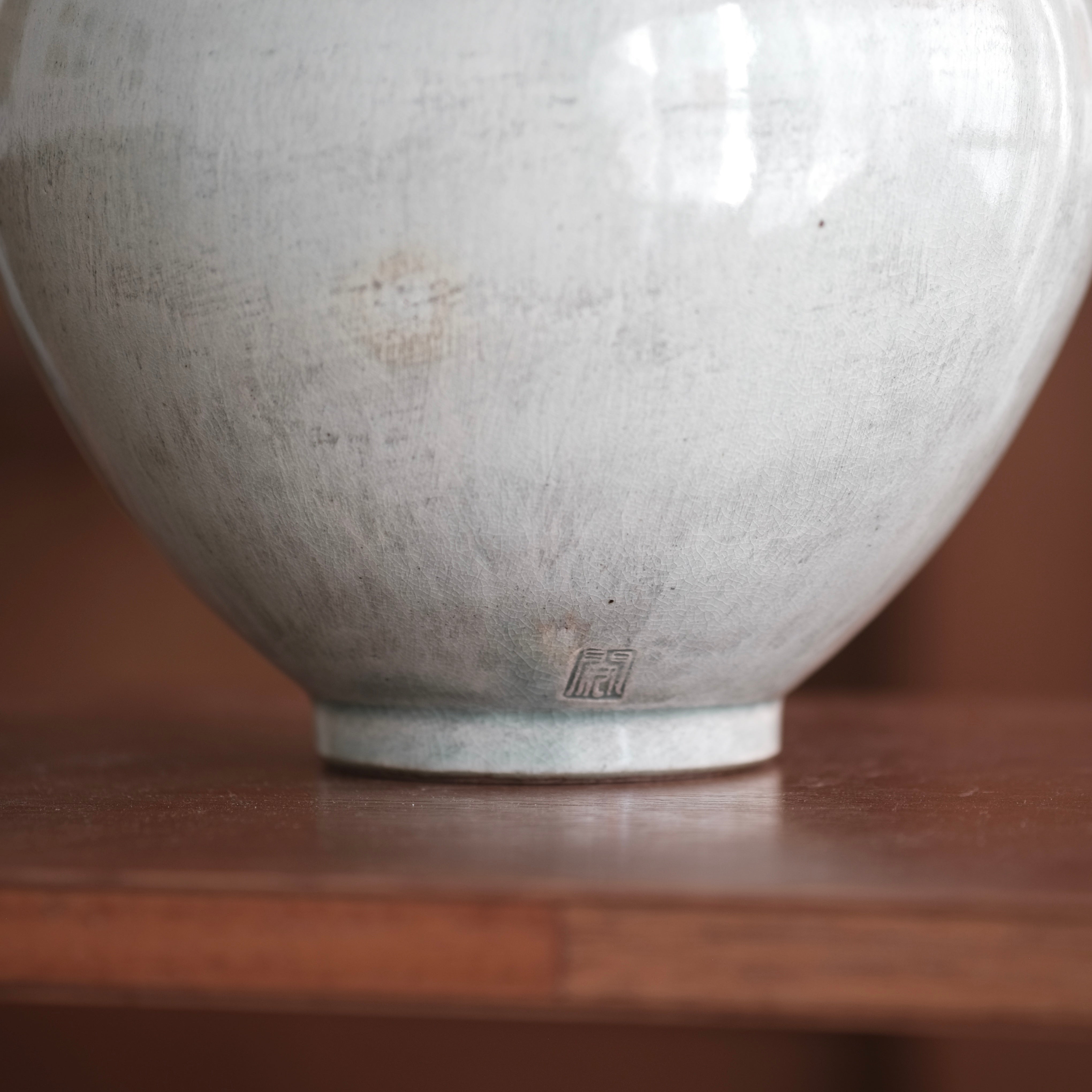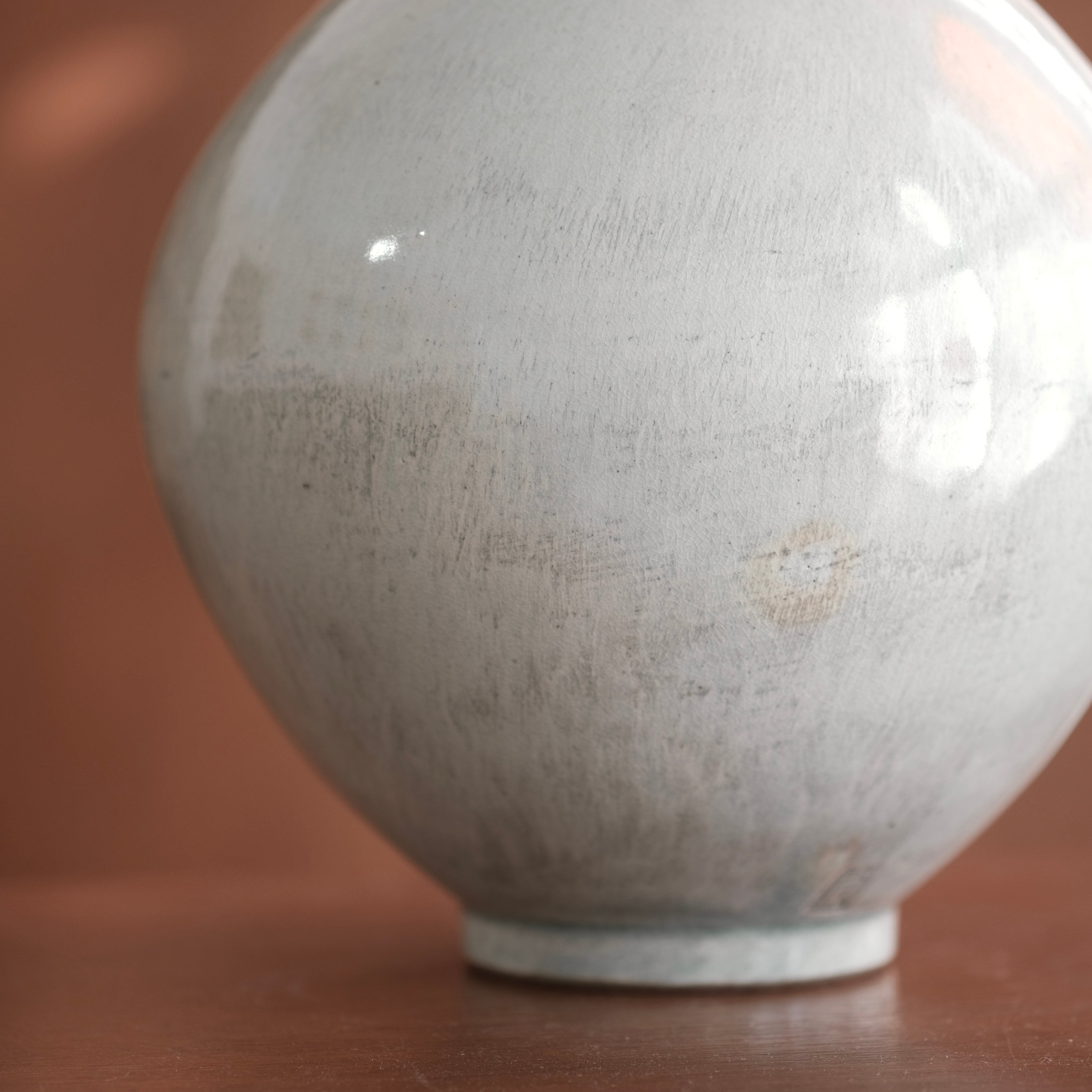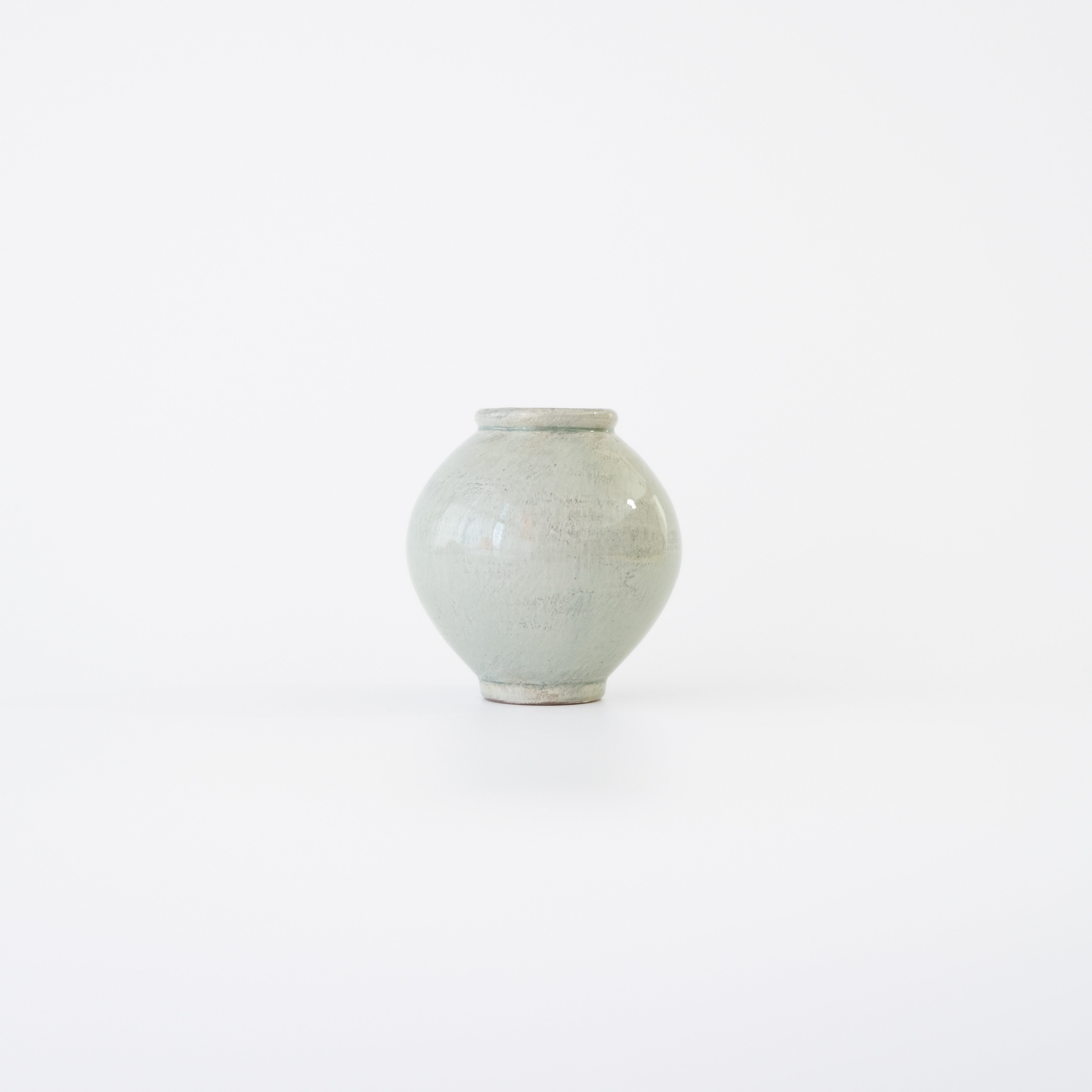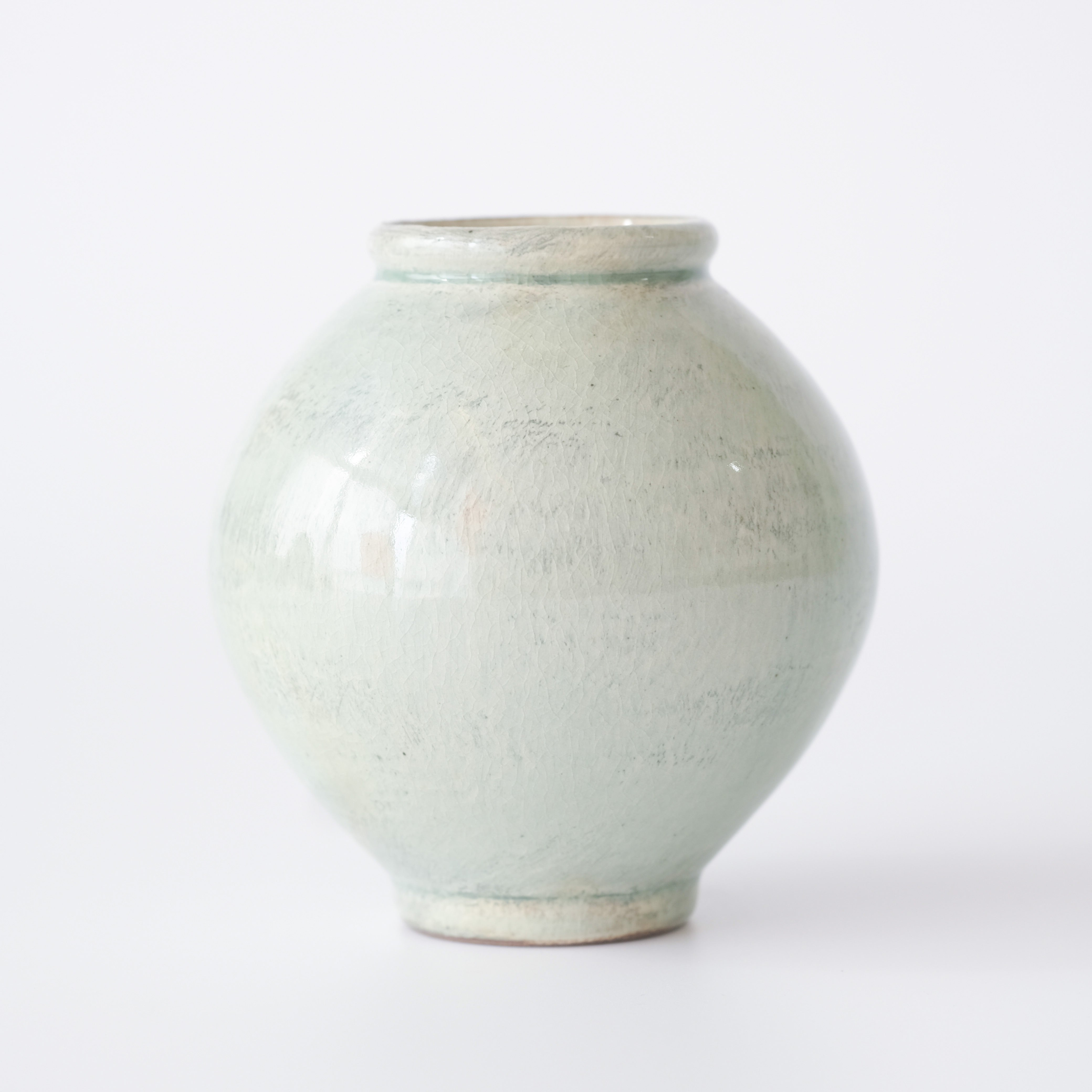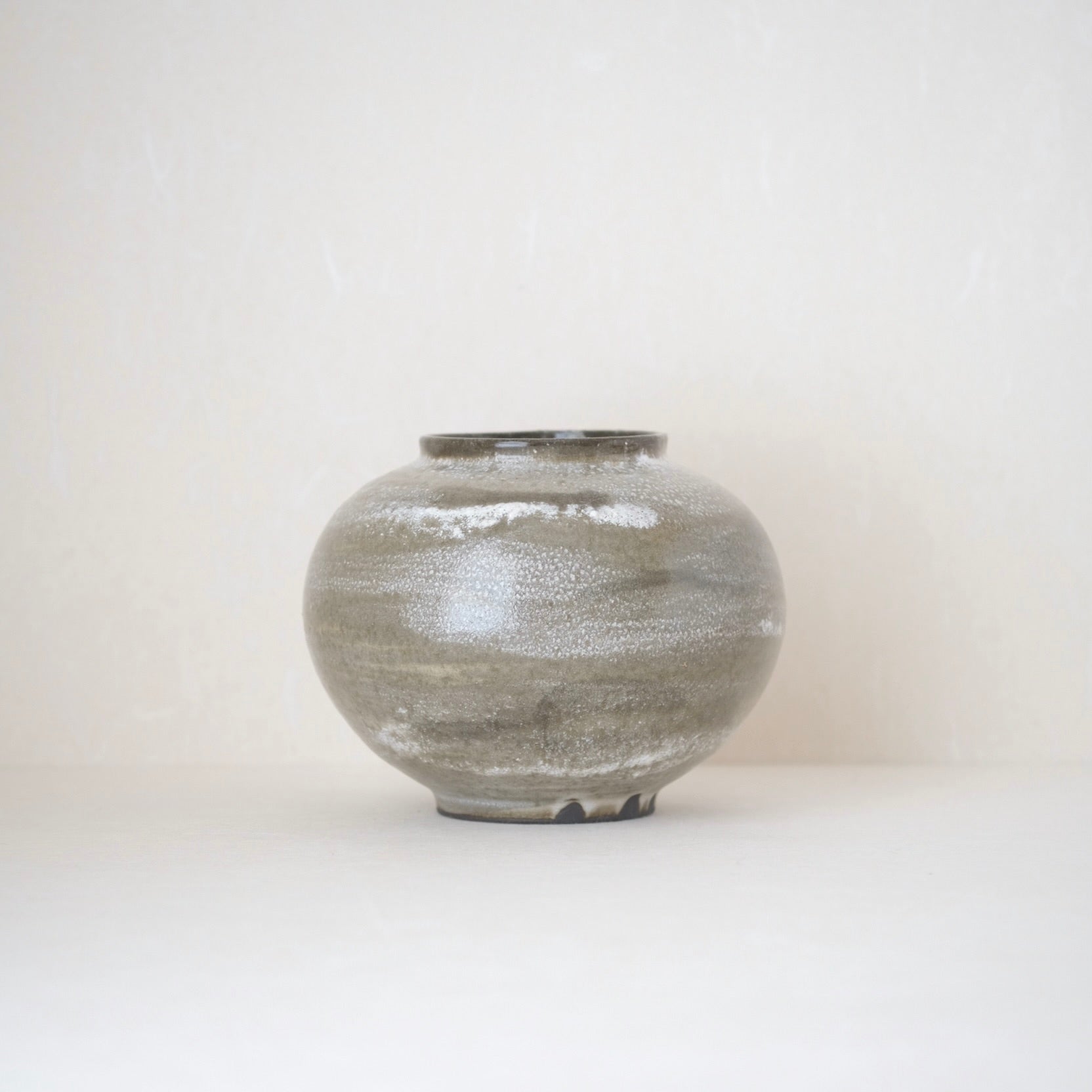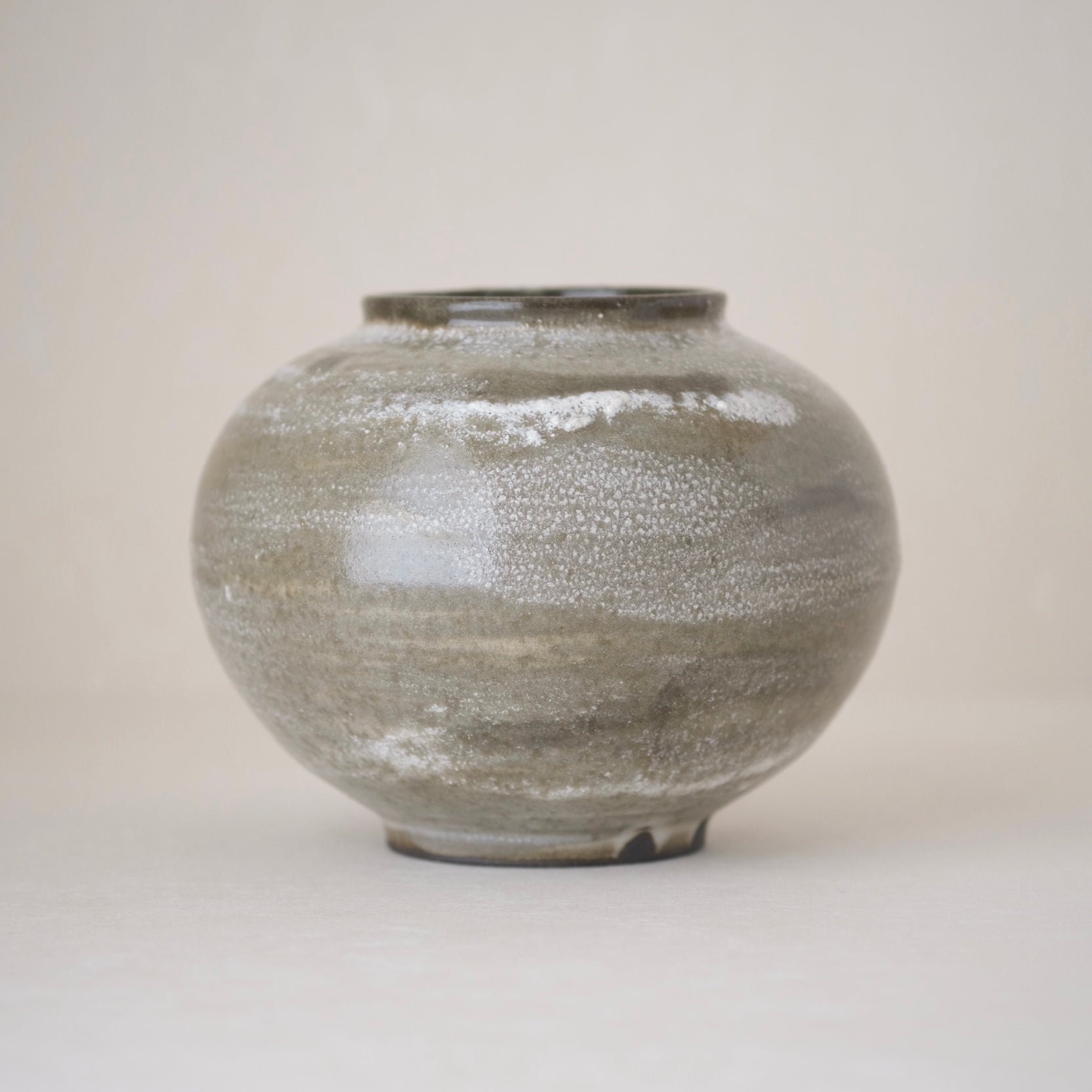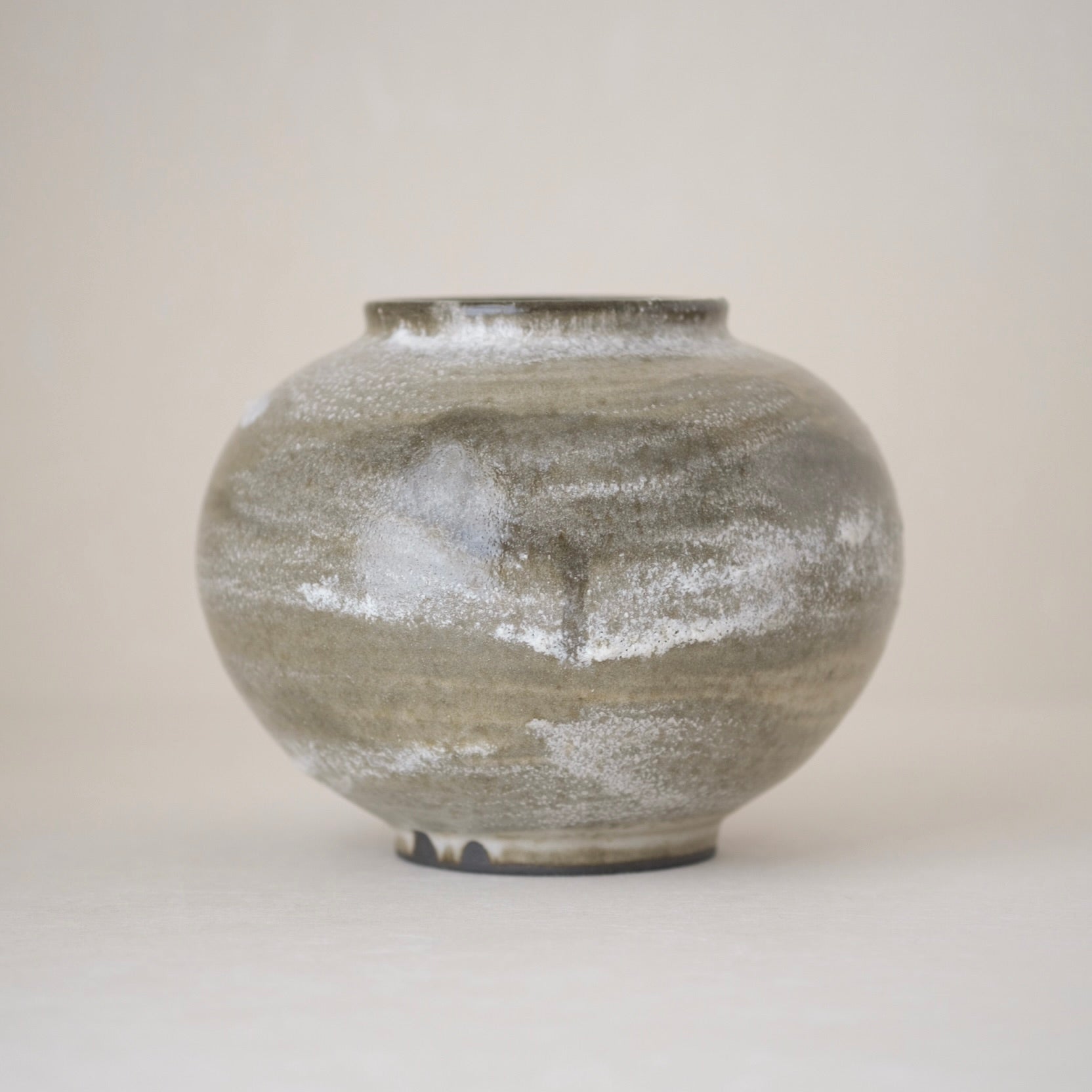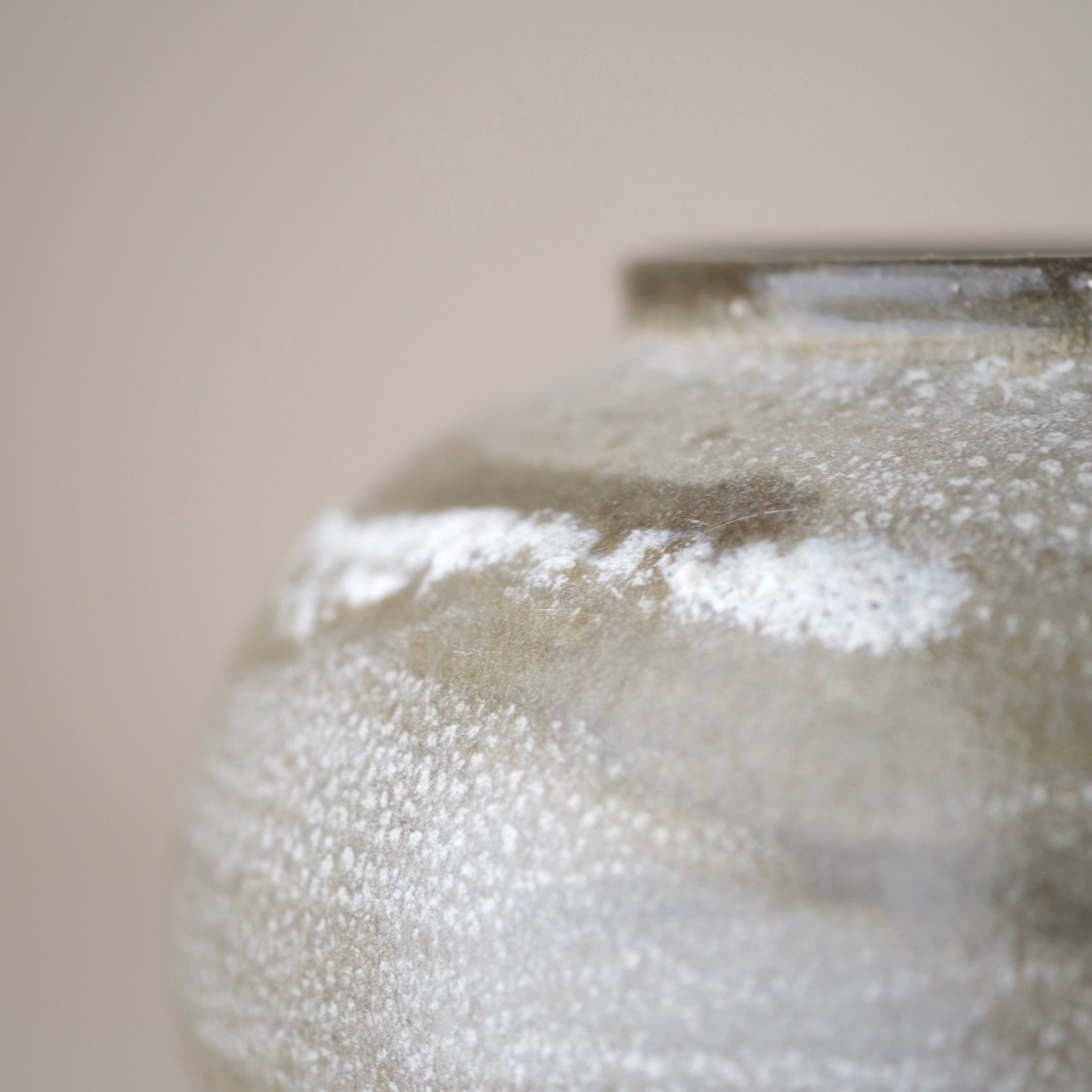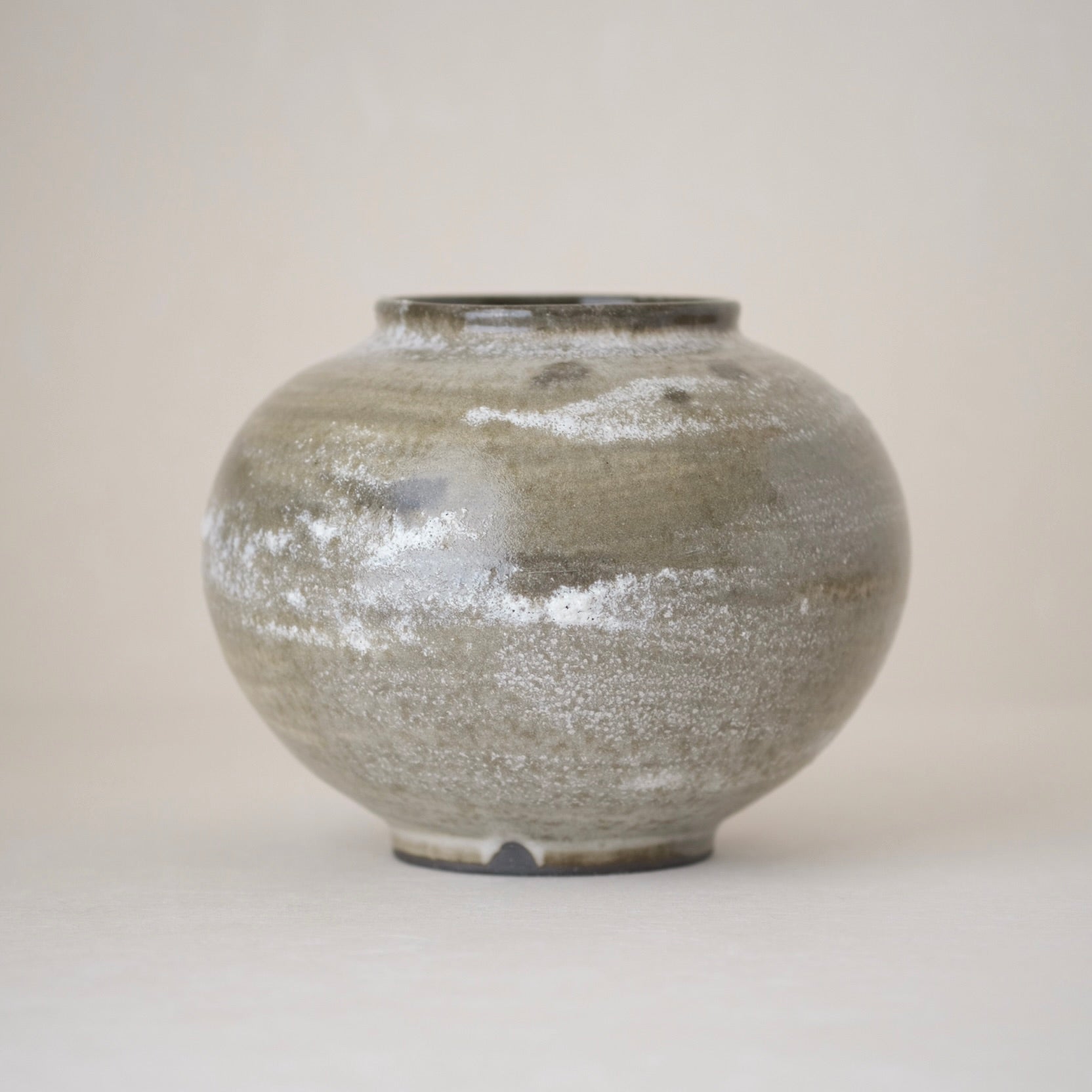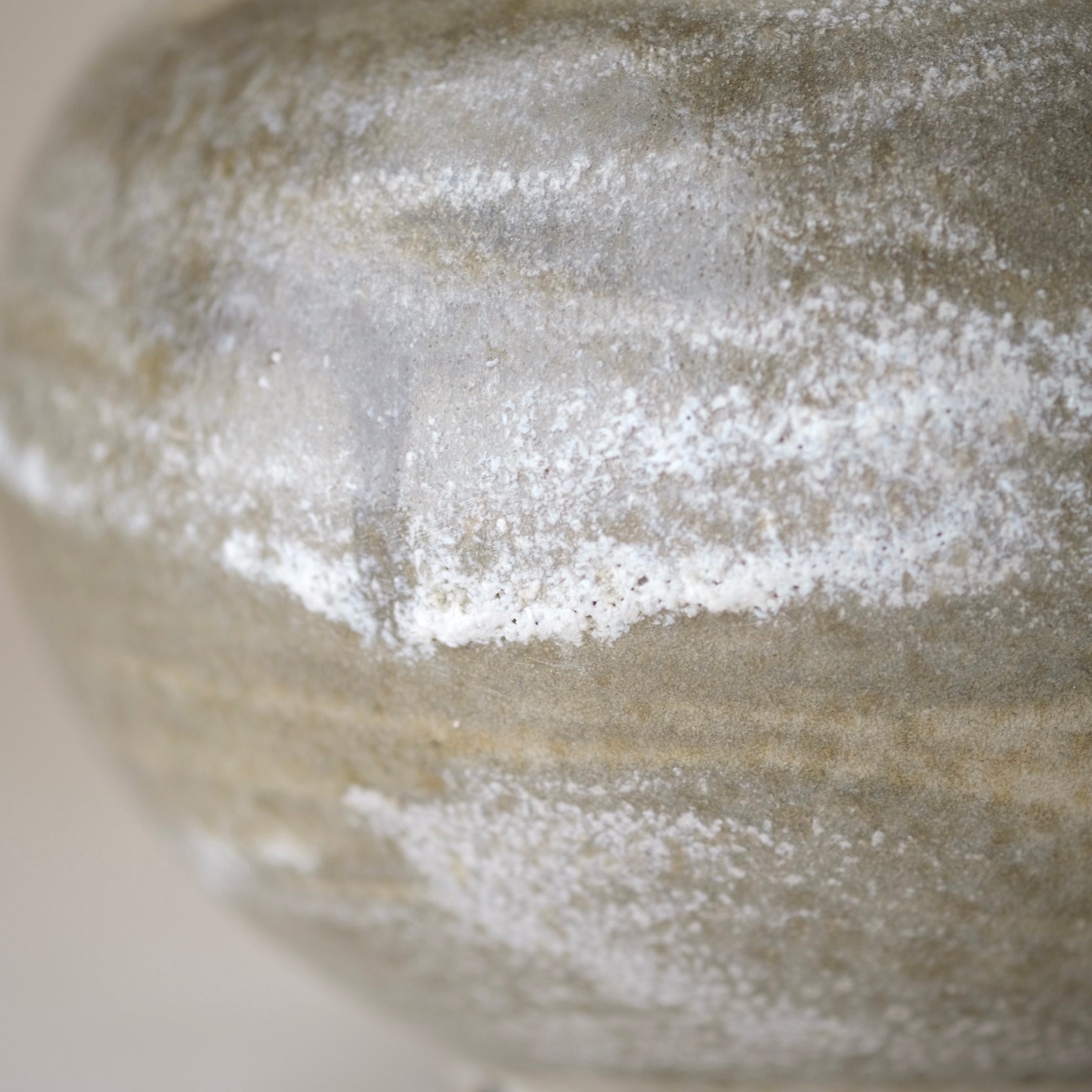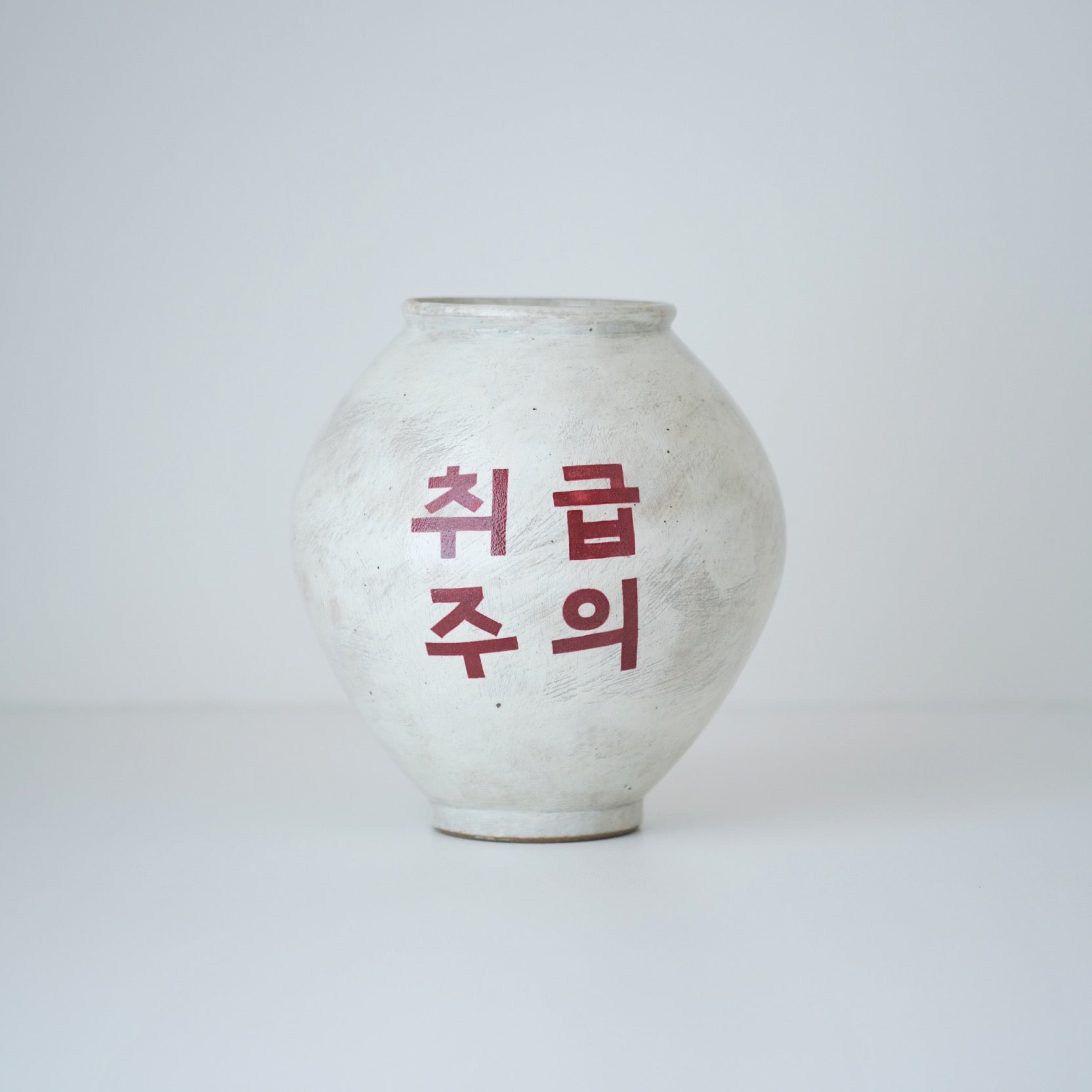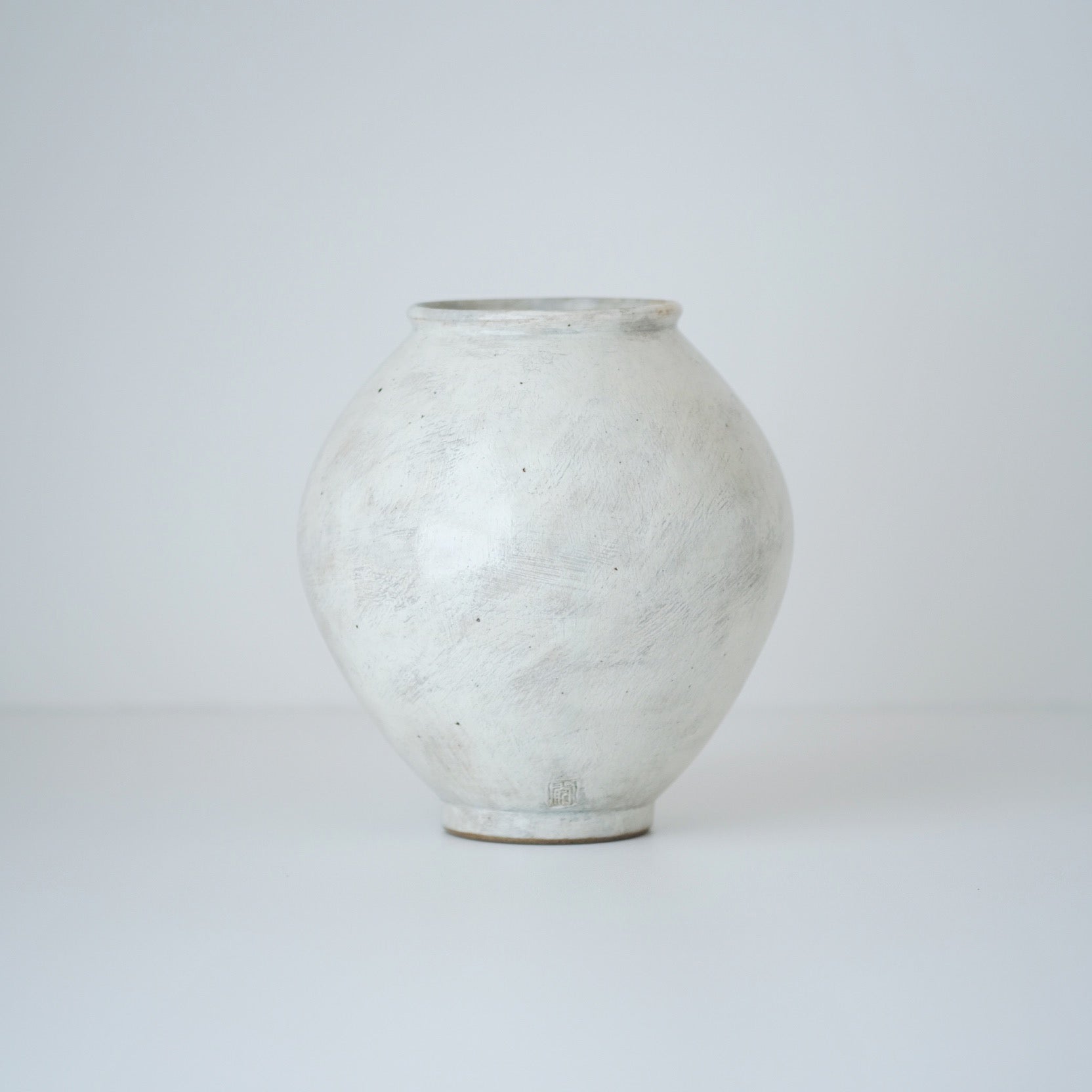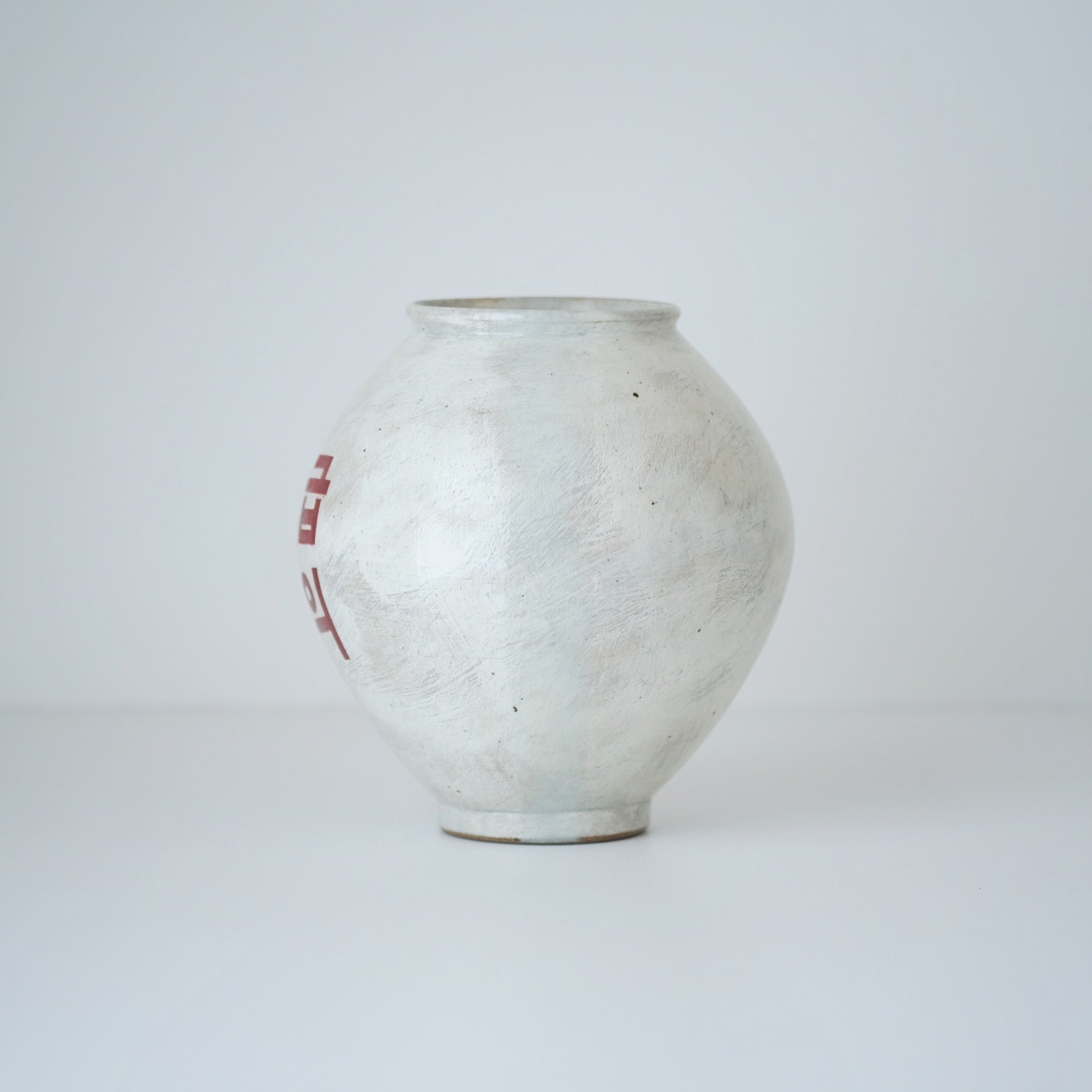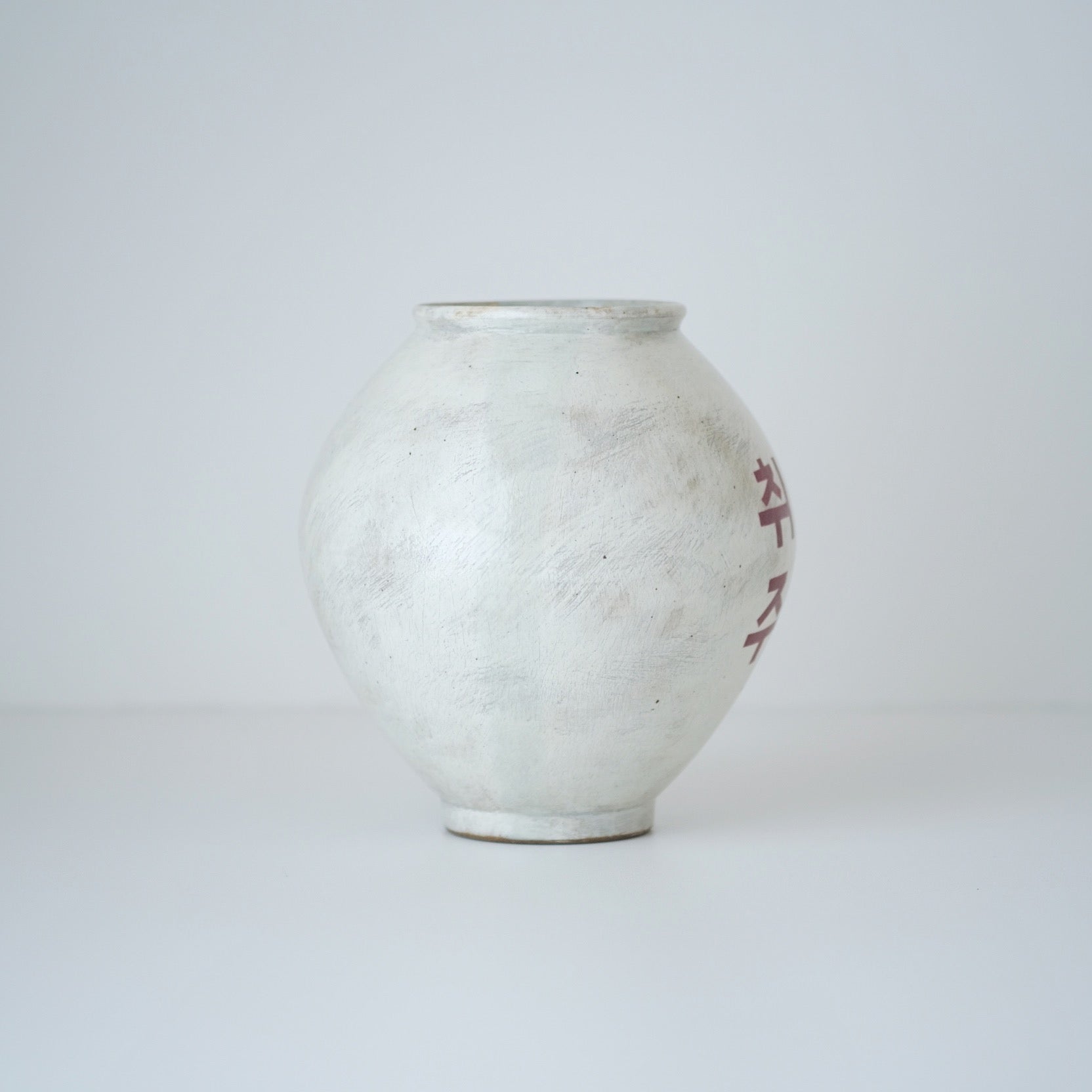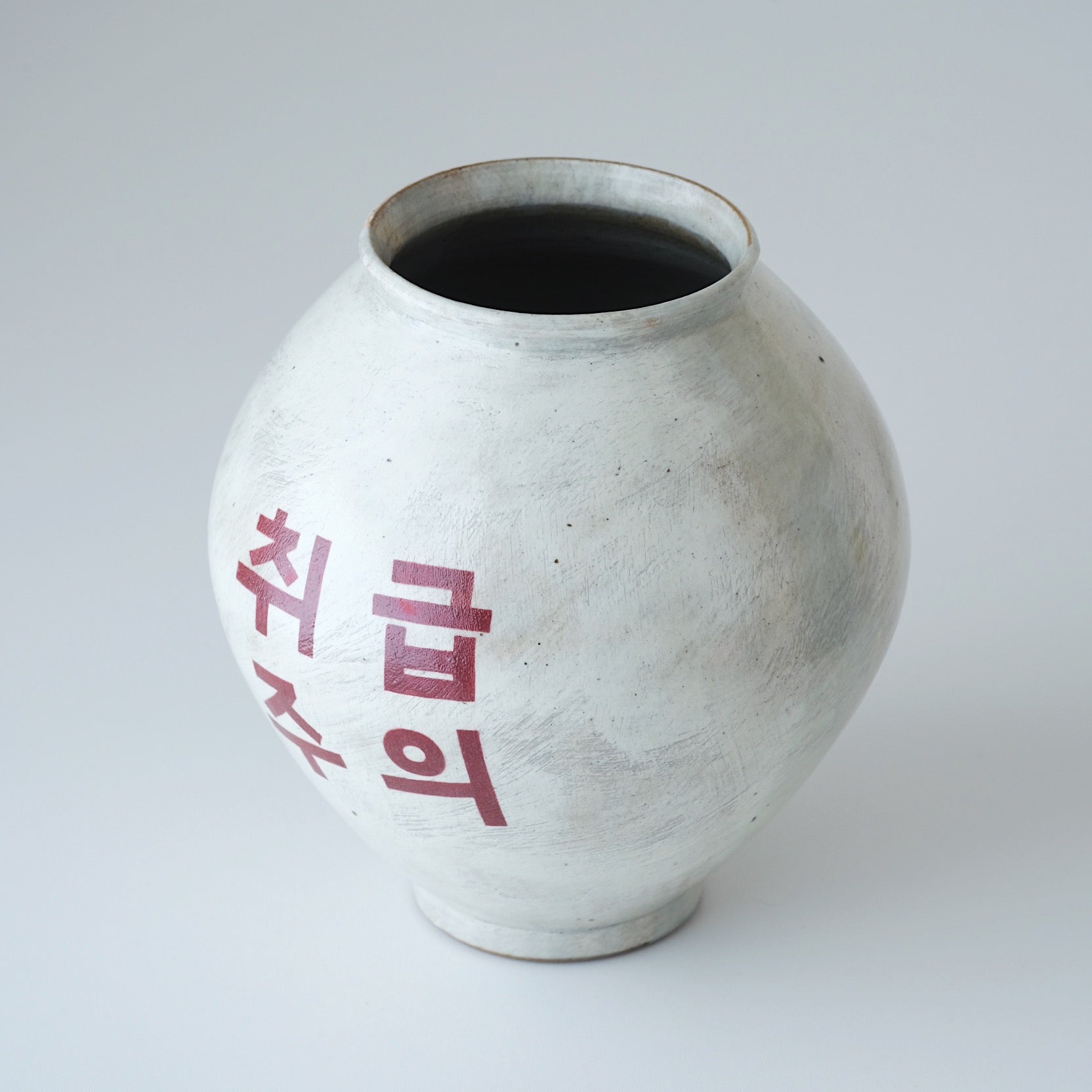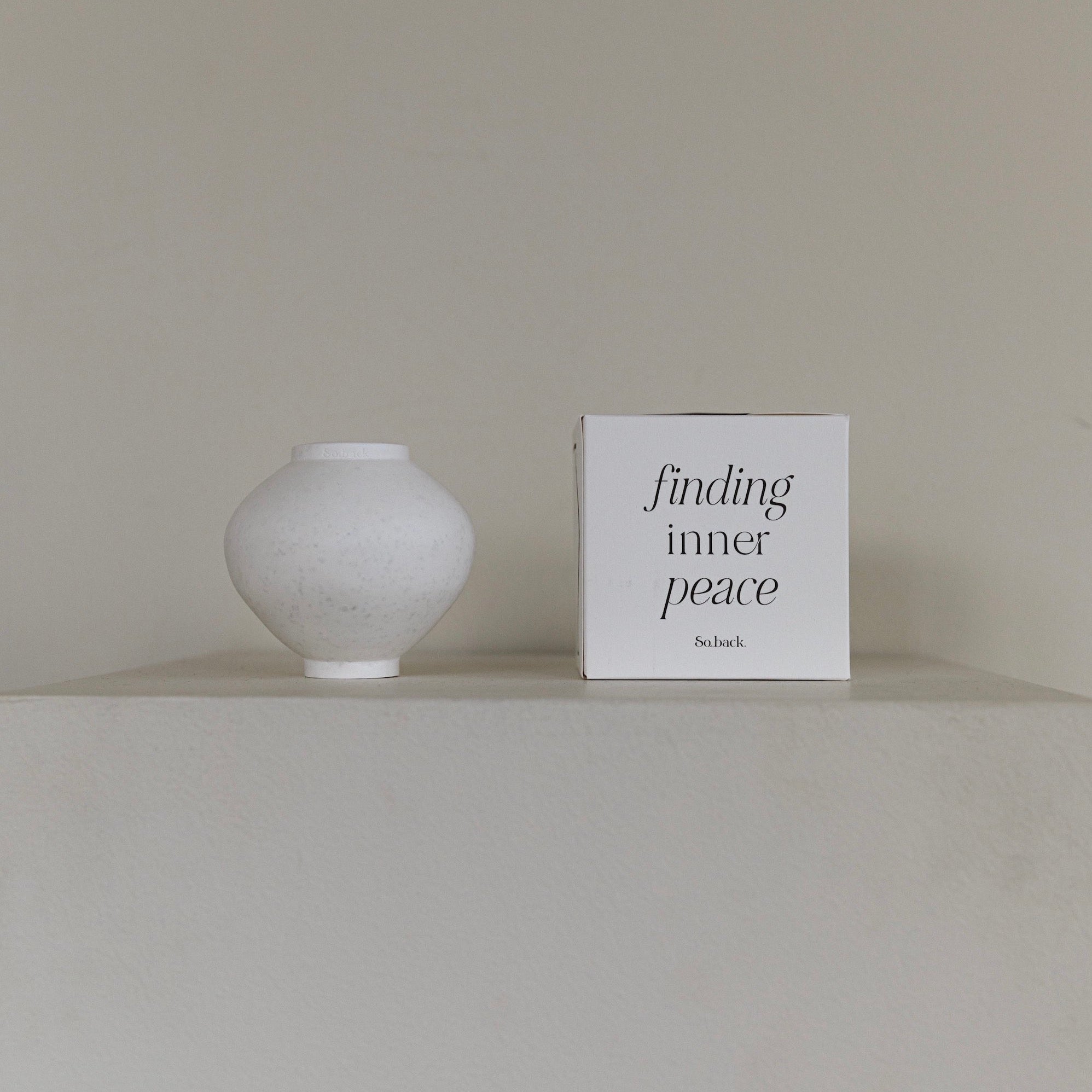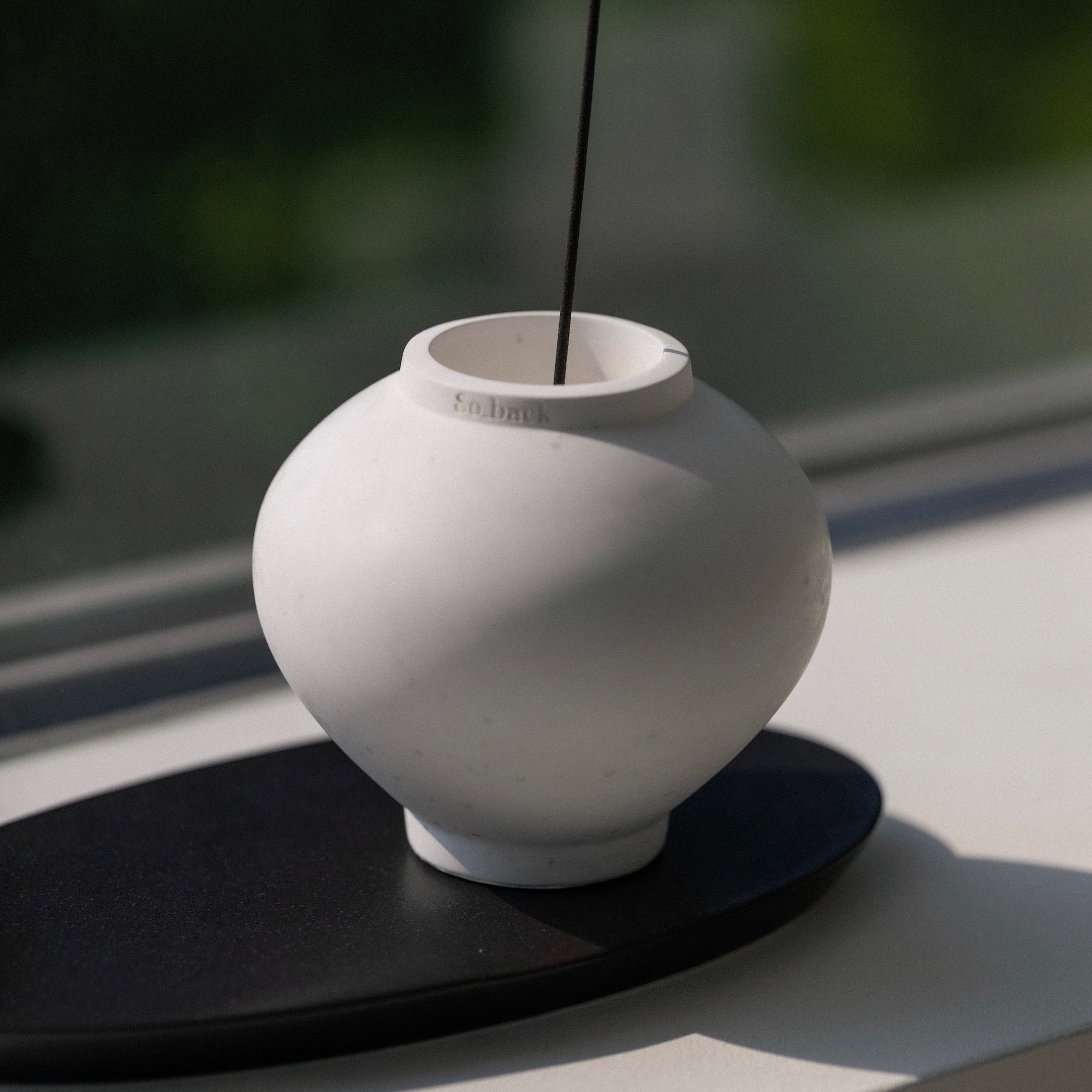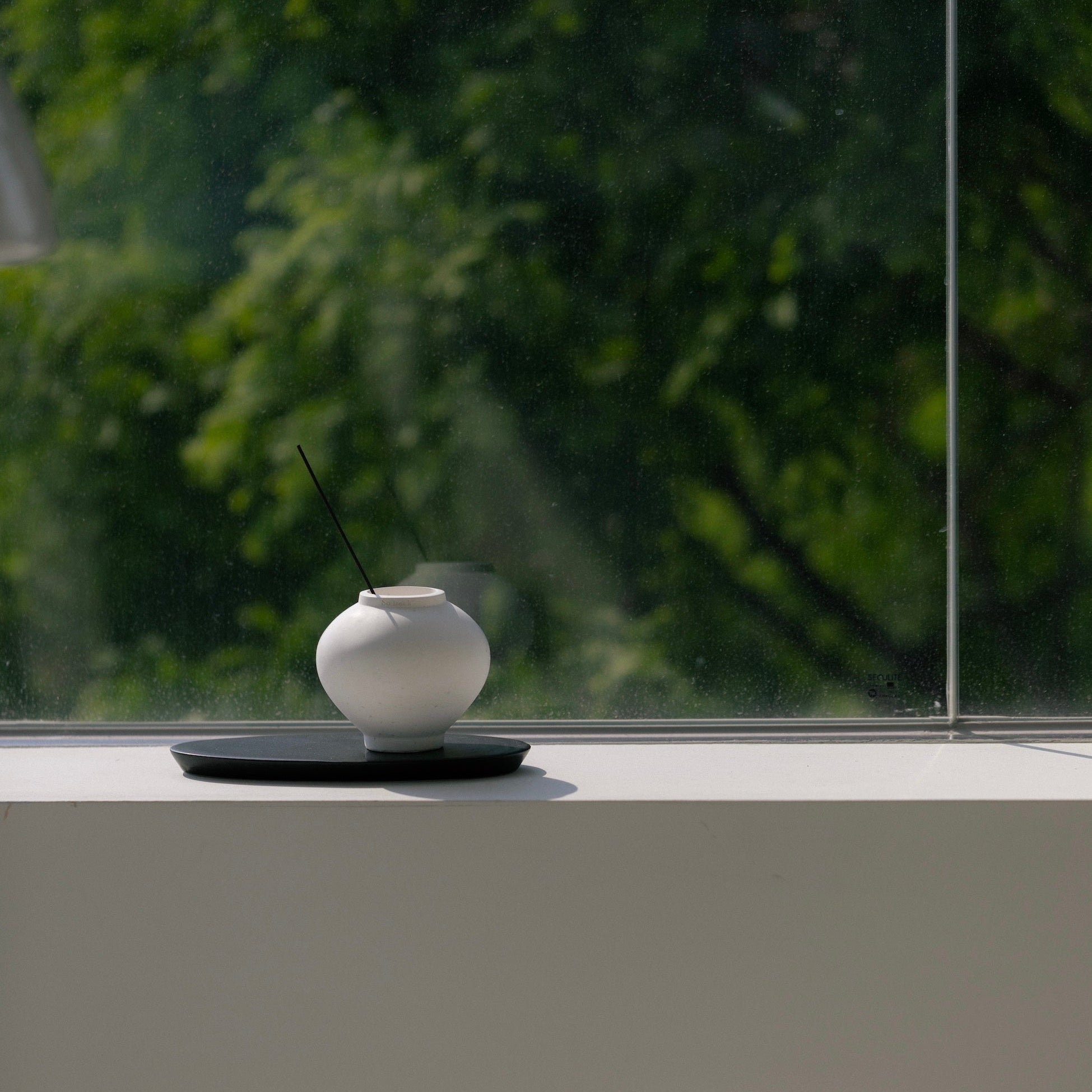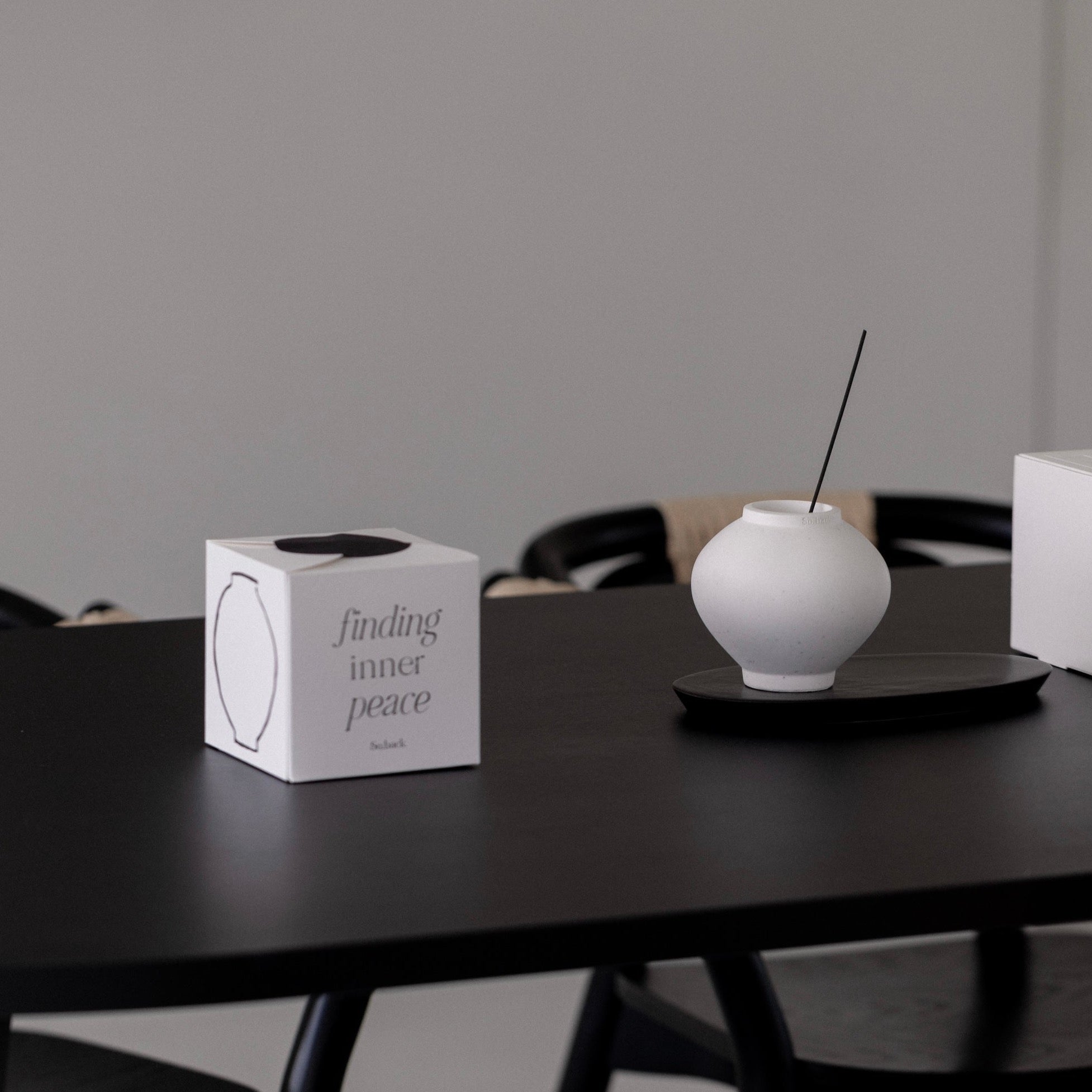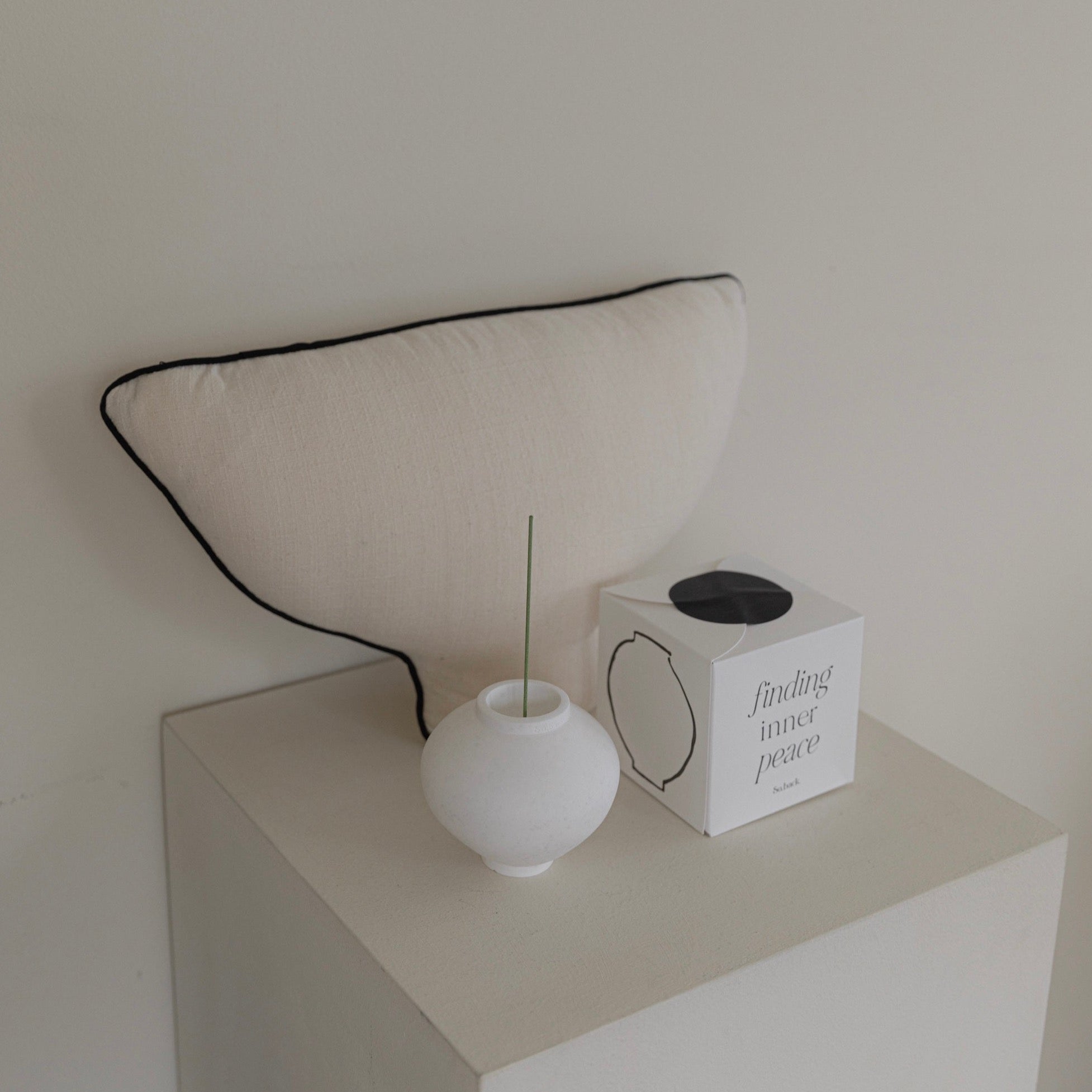Have you ever heard of Dal-hang-a-ri, commonly known as the Moon Jar? In Korea, a full moon symbolizes prosperity and good fortune; and over the centuries has inspired a style of traditional Korean pottery that began during the Joseon dynasty, called Dal (moon) Hangari (jar). Recently, the shape of these Moon Jars has become widely popular, characterized by a notion of its build and proportions being ‘perfectly imperfect’. This simple, yet modest design exudes comfort and serenity and is a product of an important era in Korean history.
In 1592, Toyotomi Hideyoshi’s Japan invaded Joseon, brutally damaging the Korean peninsula. This invasion, known as the Imjin War (Ceramic War), is one of the most devastating attacks in Korea’s history. In the 16th Century, Korean art, especially ceramics, prospered and achieved global acknowledgment and respect. At the time, Japan did not have the ability to produce high-quality ceramics, but during the invasion, they kidnapped over 400 Korean potters and brought them to Japan to make ceramics. Before the Japanese conquest, Joseon ceramics were characterized by their advanced precision and ornate designs. However, Japan not only deported artists but also destroyed or stole ceramics of the royal family, harvested Korean porcelain and materials, including expensive dyes that were used to color and paint ceramics for the royal family.
 Over 800 unmarked graves at the Okawachiyama Village, dedicated to the Korean potters who worked and passed away in Japan.
Over 800 unmarked graves at the Okawachiyama Village, dedicated to the Korean potters who worked and passed away in Japan.
After the invasion, the royal family of Joseon resorted to creating less ornate ceramics with minimal ingredients, creating what would be known to the modern world as the Moon Jar. Originally, Moon Jars were made in large sizes, with a minimum height of 40cm. Since it is difficult to form the entire vessel on a wheel at once, the upper and lower halves were usually made separately, and then joined together to complete the jar. This process created a distinct shape for each upper and lower piece, which created a unique dimension, symmetry, and shape. These inevitable circumstances birthed the Moon Jar and its characteristics were soon adapted into the Seonbi-Jungshin (선비정신). Meaning the mindset of scholars, Seonbi-Jungshin describes the humble, modest, yet wise and noble attitude Joseon scholars carried. The simple, yet inclusive design of the Moon Jar aligned perfectly with Seonbi-Jungshin of Joseon.
 Baekja Daeho at the Leeum Gallery, Korean National Treasure No. 309
Baekja Daeho at the Leeum Gallery, Korean National Treasure No. 309
The era of Moon Jars lasted about 26 years and then the craft seemed to end. As the economy recovered in Joseon, people searched for fancier decorations. By the 19th century, colorful ceramics with complex patterns dominated the ceramic market in Korea. It was not until the mid-20th century that the Moon Jar regained its popularity. Whanki Kim, also known as the father of Korean contemporary art, brought light to the Joseon Moon Jar, which had been neglected for decades. Originally called Baekja Daeho, meaning ‘big white vessel’, Kim, astonished by the shape, renamed the ceramic, ‘Moon Jar’, and introduced it to people through his paintings. When he lived and worked in Paris, Kim described how the comforting shape of the Dal-hang-a-ri helped his homesickness. Furthermore, Koo Bohnchang, a Korean photographer, captured the Korean Moon Jar with his camera and brought international interest to it. In 2005, Dal-hang-a-ri was acclaimed as a Korean national treasure - to this day there is a Moon Jar from the Joseon dynasty on display at the British Museum in London.
 Oil Paint on Canvas “Hang-a-ri”, by Whanki Kim, 1955-56.
Oil Paint on Canvas “Hang-a-ri”, by Whanki Kim, 1955-56.
 “BM04”, by Bohnchang Koo, 2006. (Photograph of the British Museum's Joseon 'Moon Jar')
“BM04”, by Bohnchang Koo, 2006. (Photograph of the British Museum's Joseon 'Moon Jar')
There are many reasons the Moon Jar has generated such an international following in modern times. During the 2018 Pyeong-Chang Winter Olympics, the base of the Olympic torch was designed to reflect the silhouette of the Dal-hang-a-ri. Furthermore, the Korean pop star, RM of BTS, purchased a widely popular Moon Jar made by the artist Kwon Dae-Sup. As Korean popular culture has seen a recent rise in interest and exposure, the Moon Jar has drawn even more attention by those with an interest and love towards Korean art, both contemporary and traditional. Exceptionally, the inclusive and humble character of the Moon Jar has allowed it to maintain relevance and popularity, even after 300 years following its creation.
 Yuna Kim, Olympic Gold Medalist in Women’s figure skating igniting the Olympic Flame during the opening ceremonies of Pyeongchang Olympic.
Yuna Kim, Olympic Gold Medalist in Women’s figure skating igniting the Olympic Flame during the opening ceremonies of Pyeongchang Olympic.
 RM of BTS posing with Kwon Dae Sup’s Dal-hang-a-ri.
RM of BTS posing with Kwon Dae Sup’s Dal-hang-a-ri.
Here at Studio Kō, we feature many talented artists who each create exceptional Moon Jars in their style.
Seoyen Choi
Featured in our first Artist Spotlight, Soyen Choi is an LA-based ceramicist. Her Moon Jars are handcrafted with layers of glaze. “Post-pandemic, people have been seeking tranquility within fullness. I think the moon jar fulfills the need for comfort that people longed for.” - Seoyen Choi
Youn Sil Kim
Youn Sil Kim’s Moon Jars are also known as Jil-Geureut, featuring a unique characteristic that reflects the form and texture of the actual moon. With a matte glazed finish, Kim’s Moon Jar would bring a subtle change to your interior.

Jinho Choi
Even though the traditional Moon Jars were made without any colors, our Chungja(Korean Celadon) artist Jinho Choi makes his Moon Jars in light blue-green hue. Its hallmark pale green luster is reminiscent of jade and is notable for its unique surface pattern, becoming some of the most prized collector items in the world of ceramics.
Soback
Founded by Mina Park, Soback presents Korean minimalism and ‘the beauty of blank and empty spaces’. Made with 100% organic cotton, this Moon Jar throw pillow is a good addition to add a touch of warmth to your home!
The history and inclusivity Moon Jars hold have the power to connect the old and new, people of different cultures, and different generations. For Koreans, it is a piece they can connect back to their familial heritage. The Seonbi-Jungshin-like, traits of the Moon Jar most accurately reflect the humility of the Korean people. Moreover, the selfless and welcoming shape of the Moon Jar provides comfort and serenity. Just as the Moon Jar brought comfort to Whanki Kim, we hope that these art pieces we introduced today will also bring everyone peace and tranquility.




